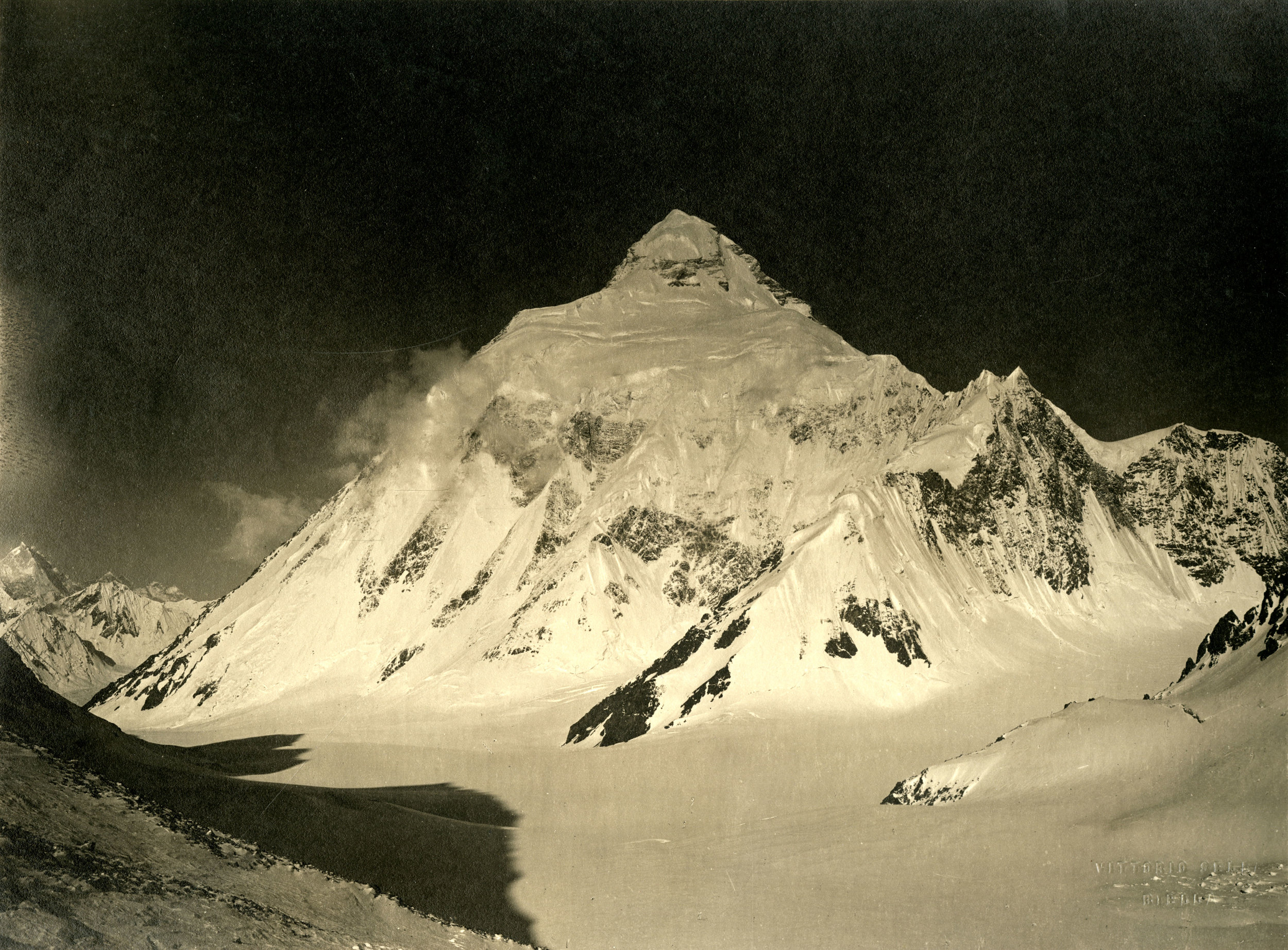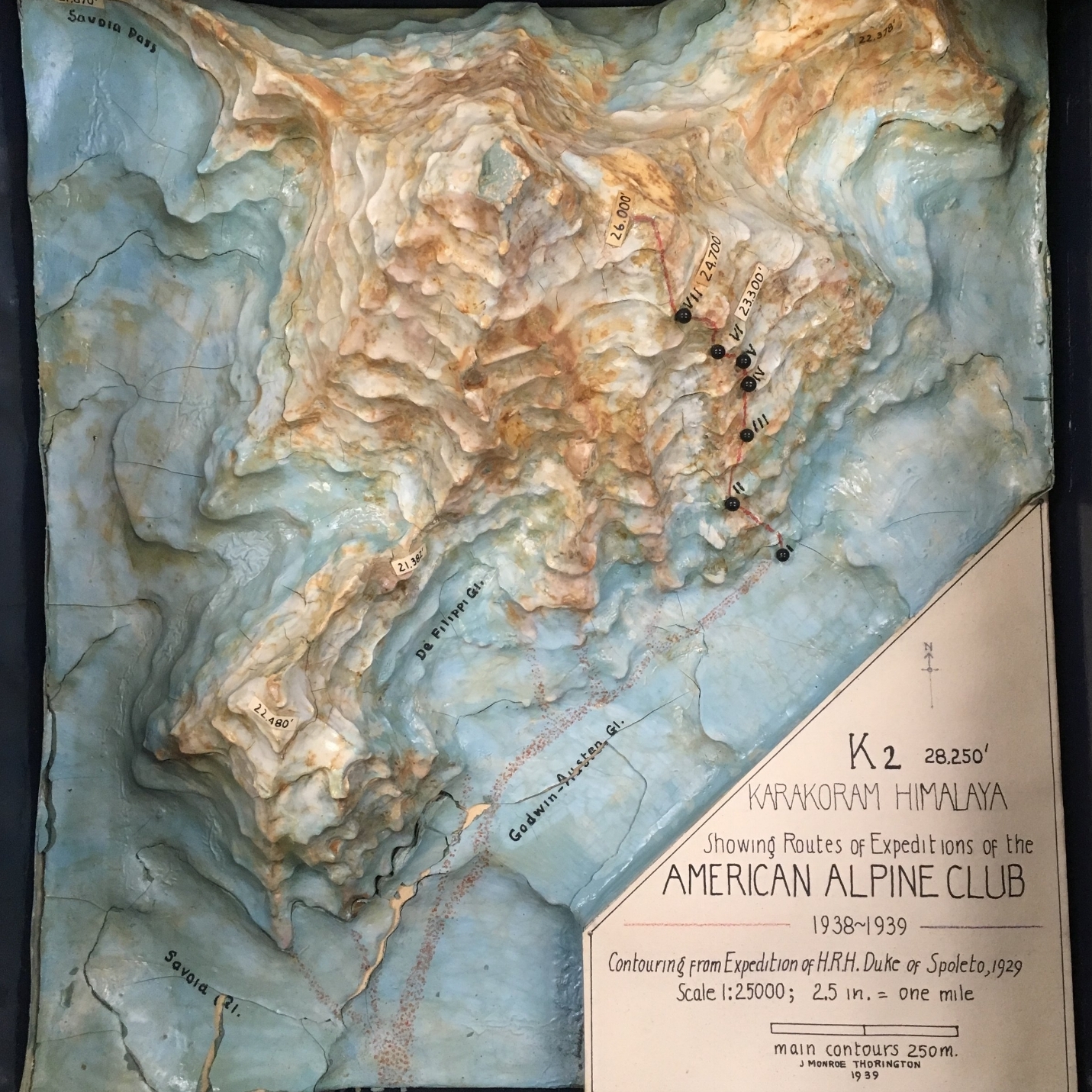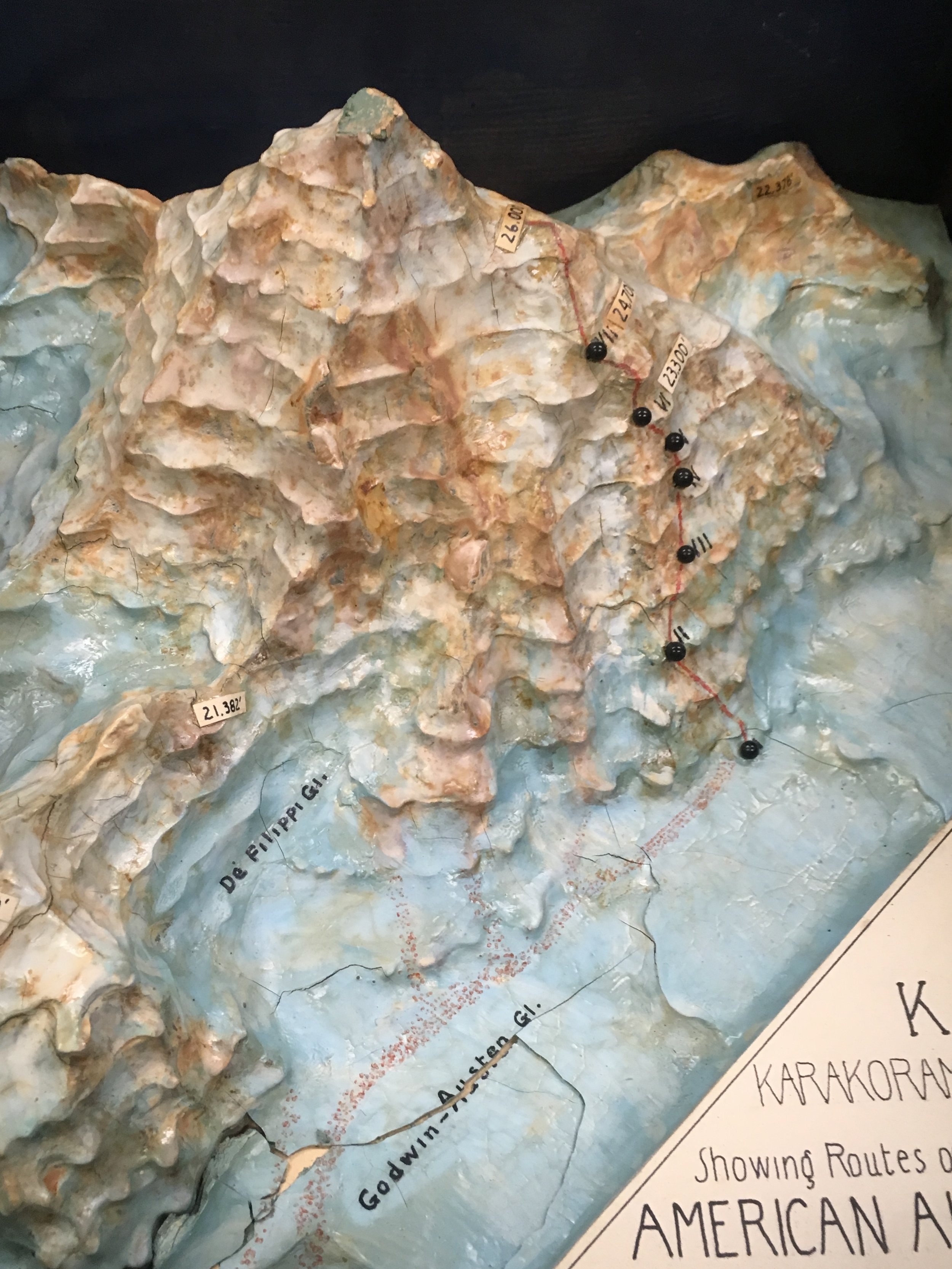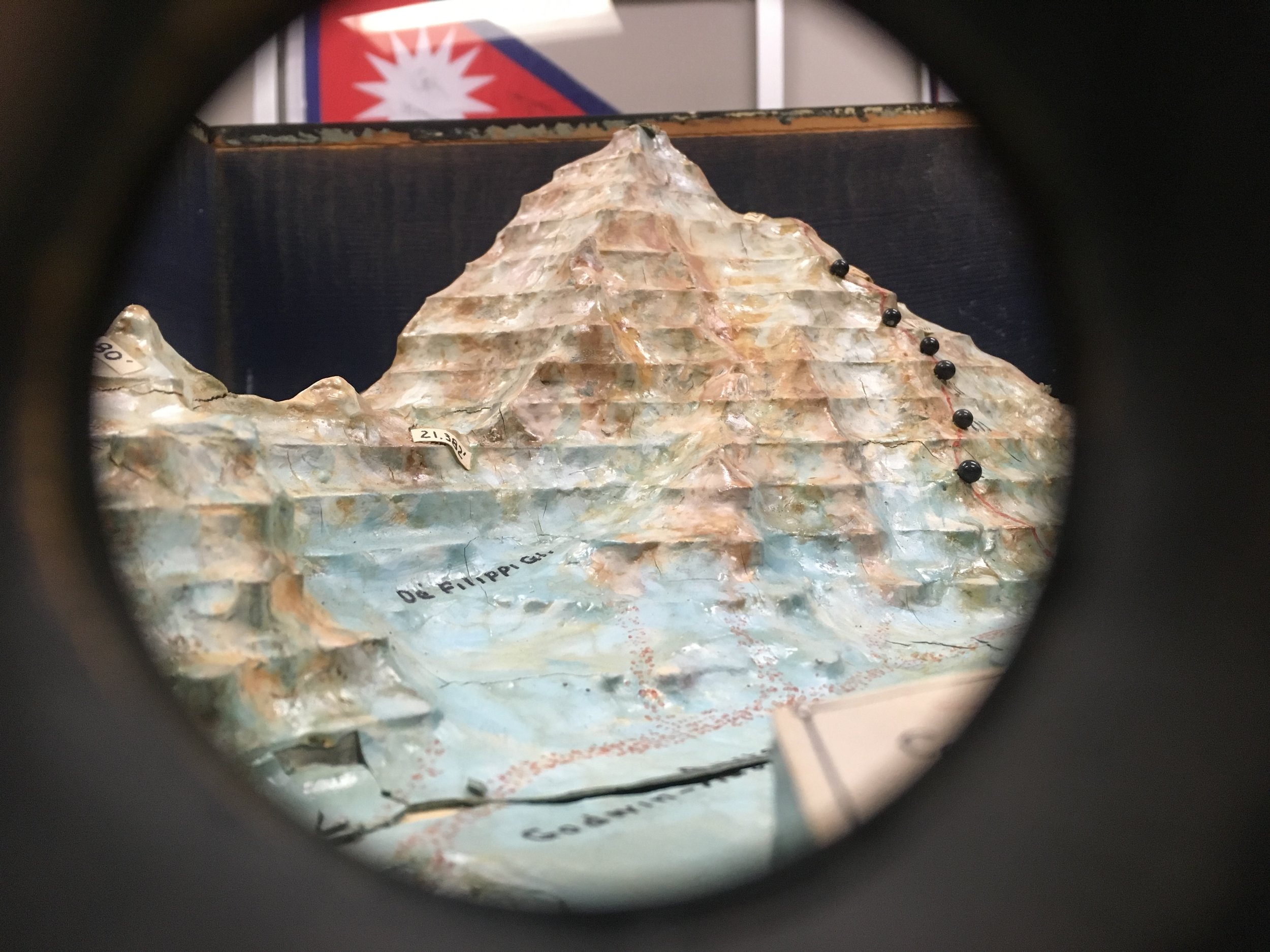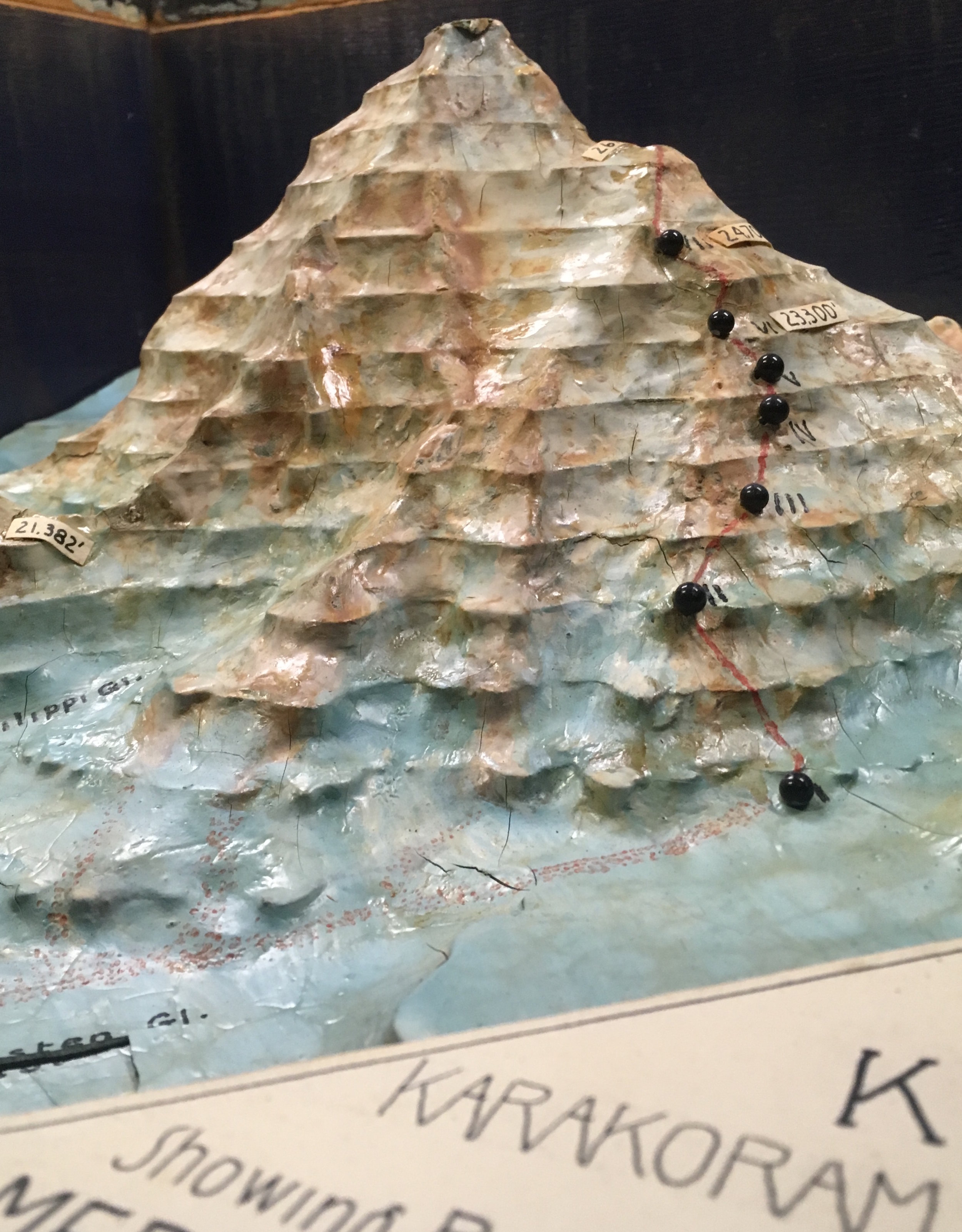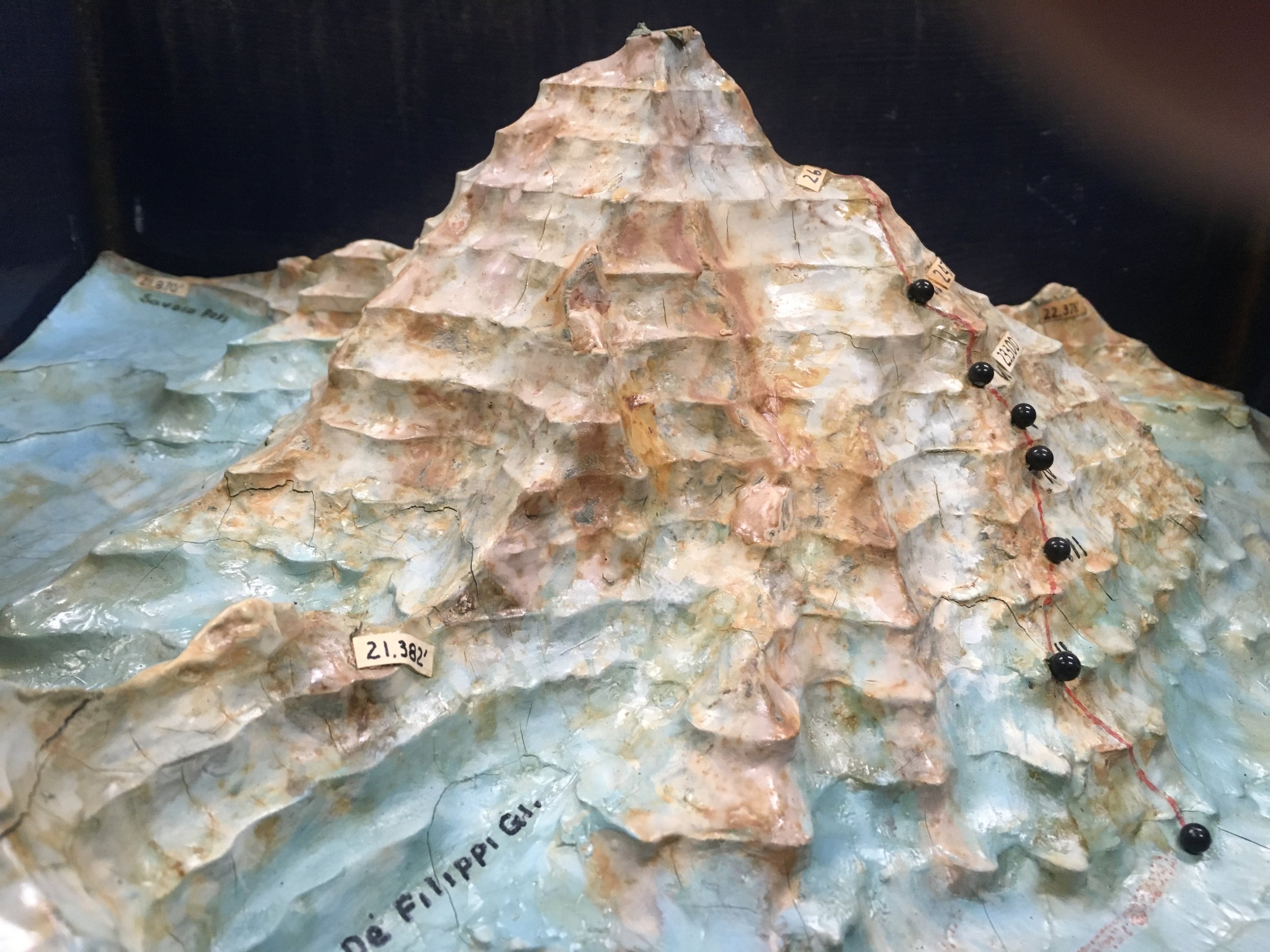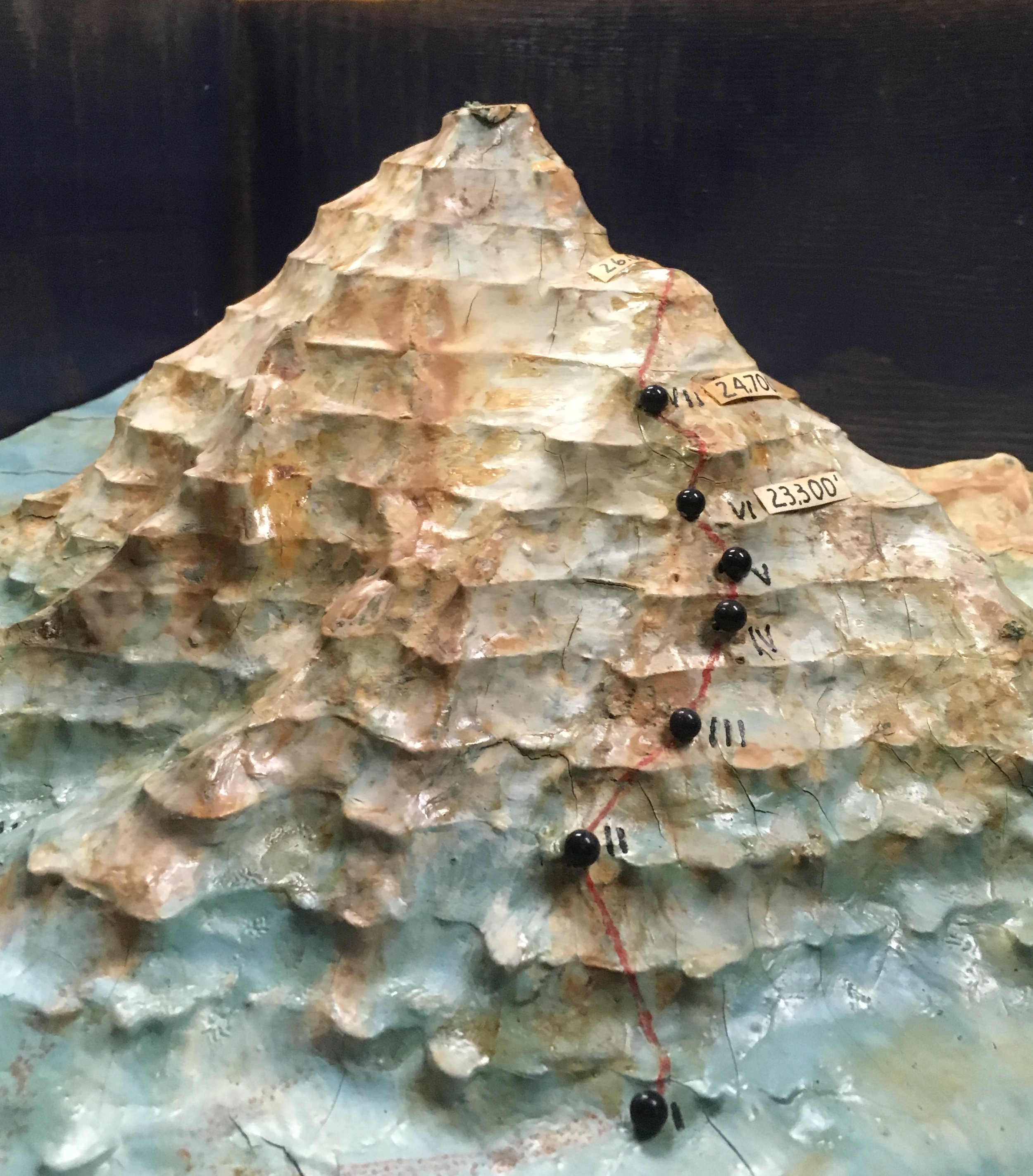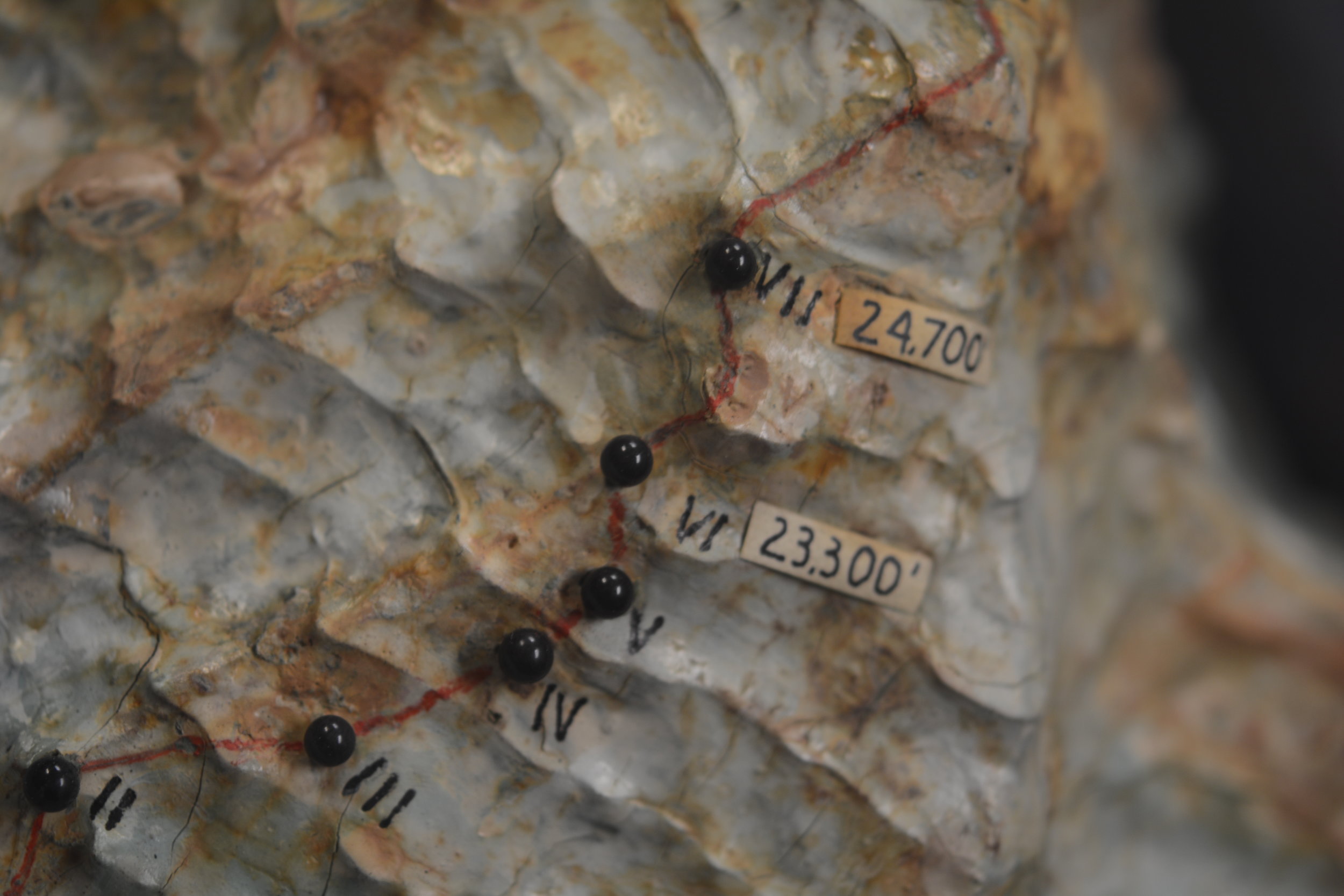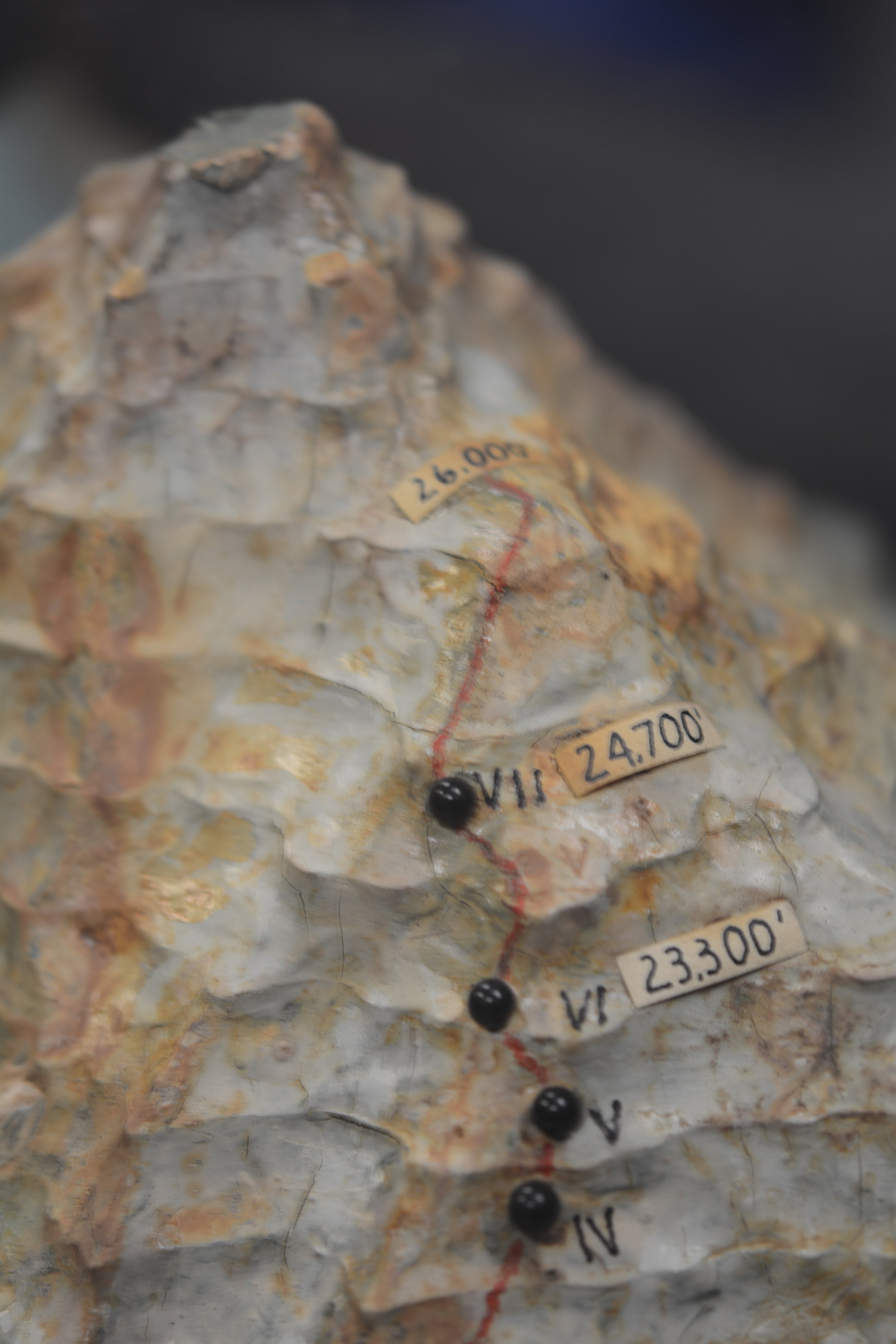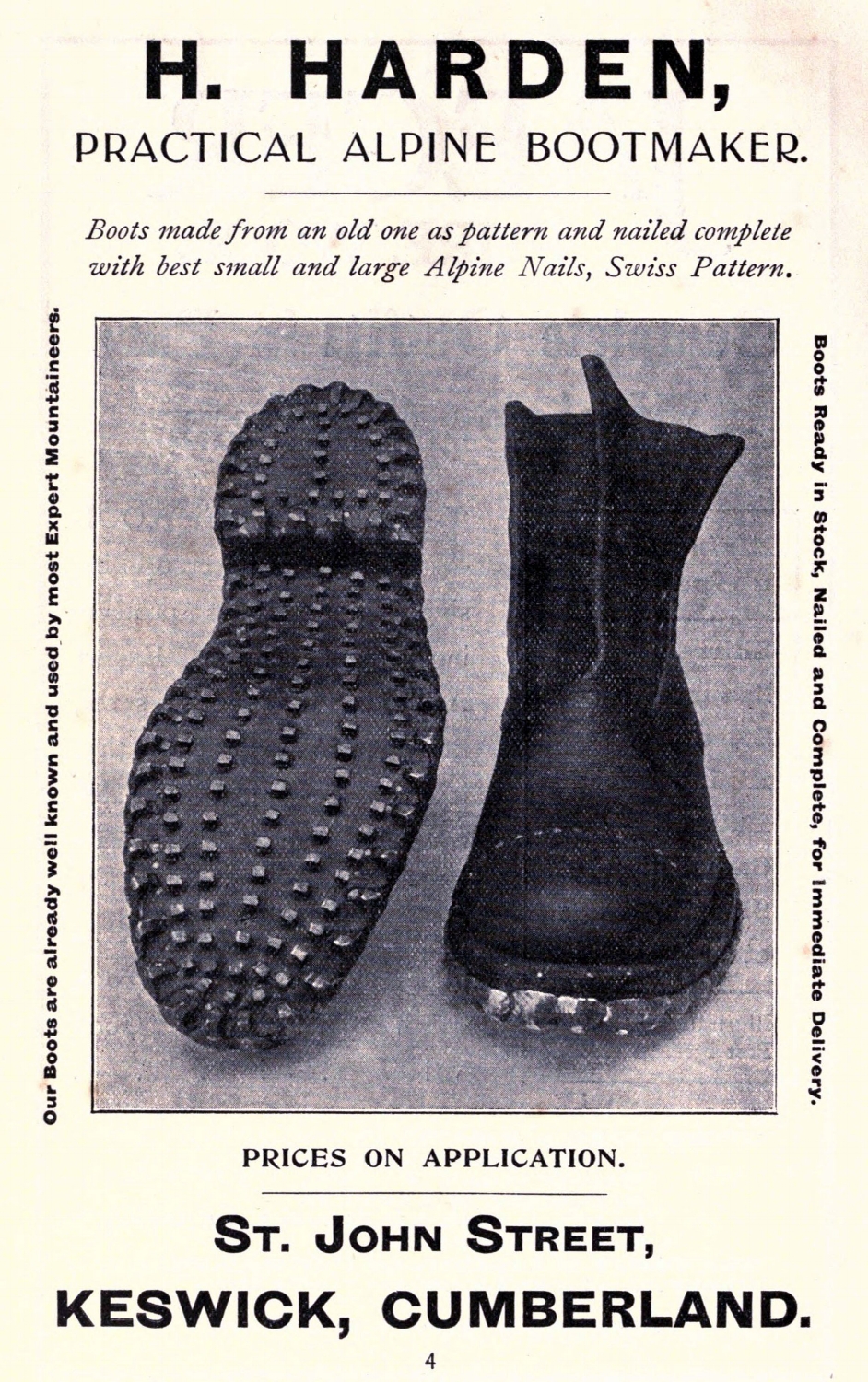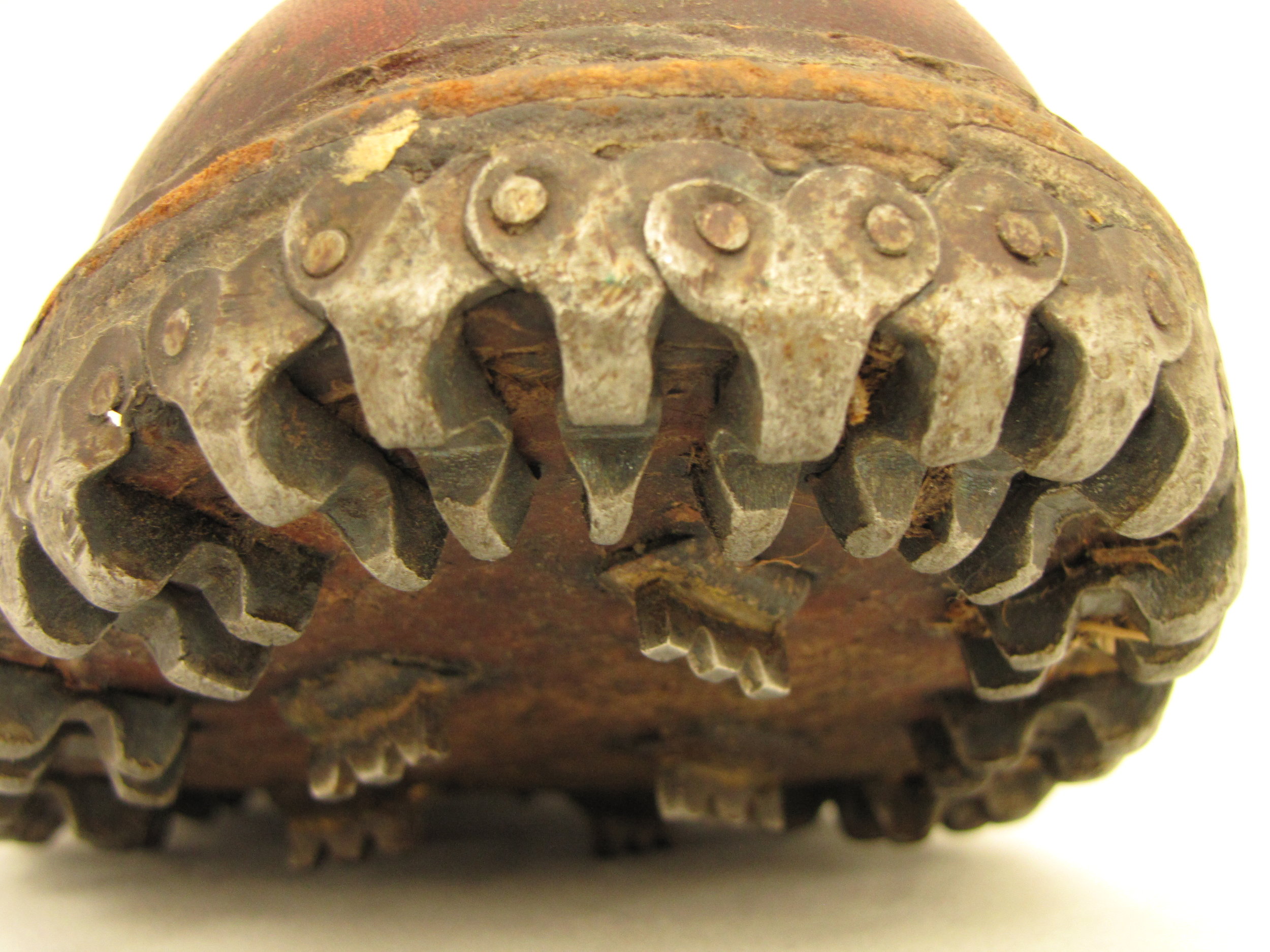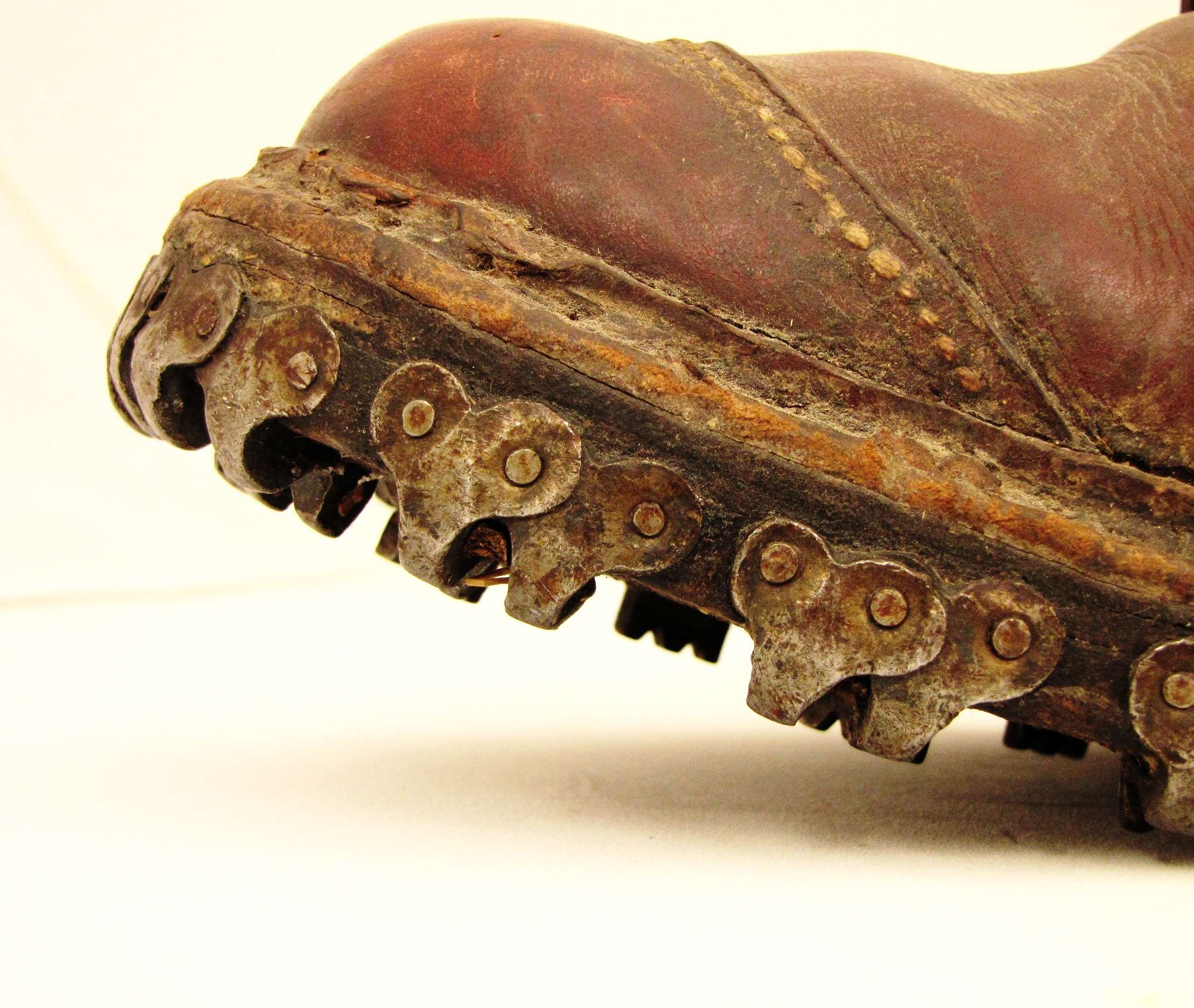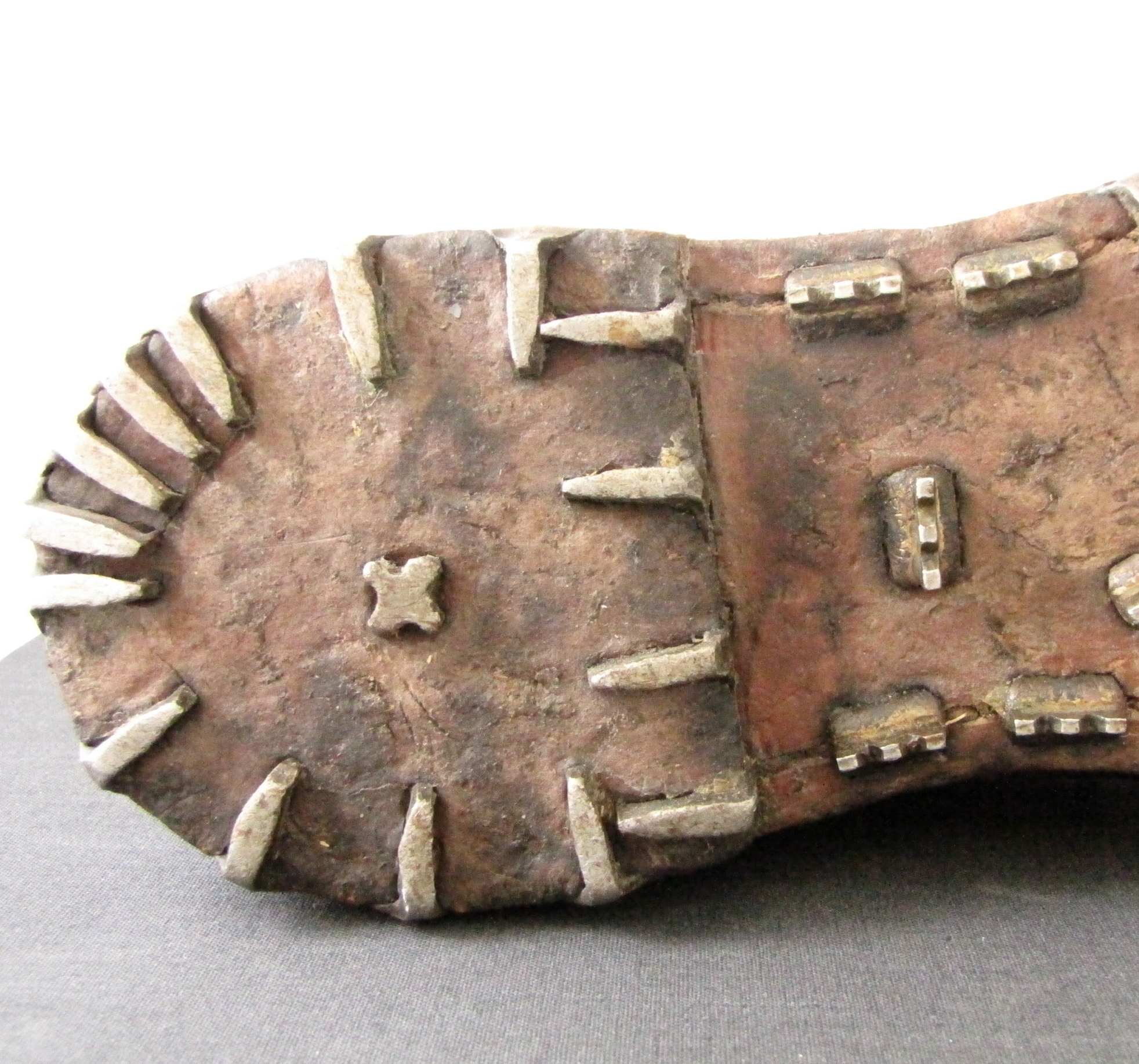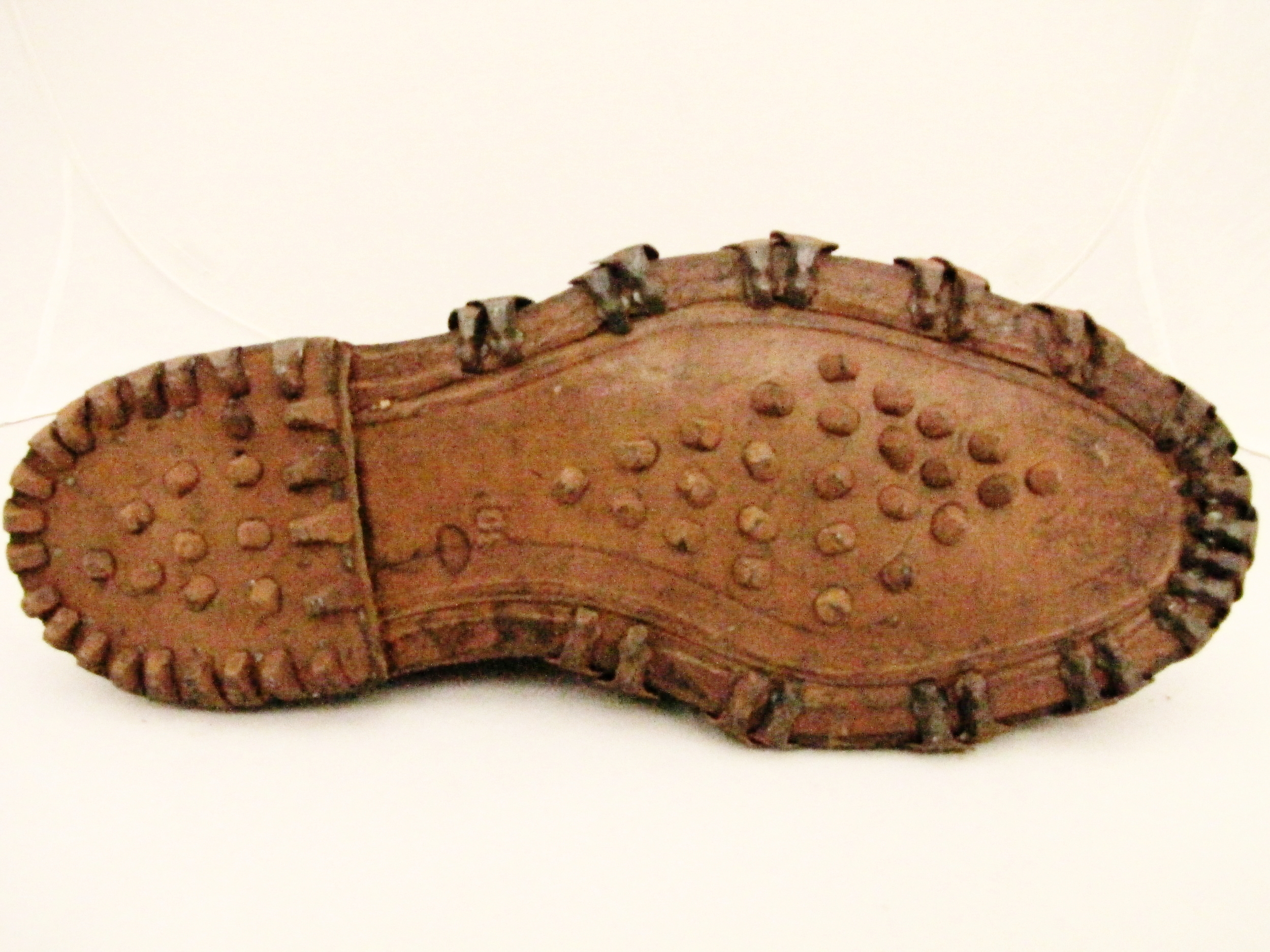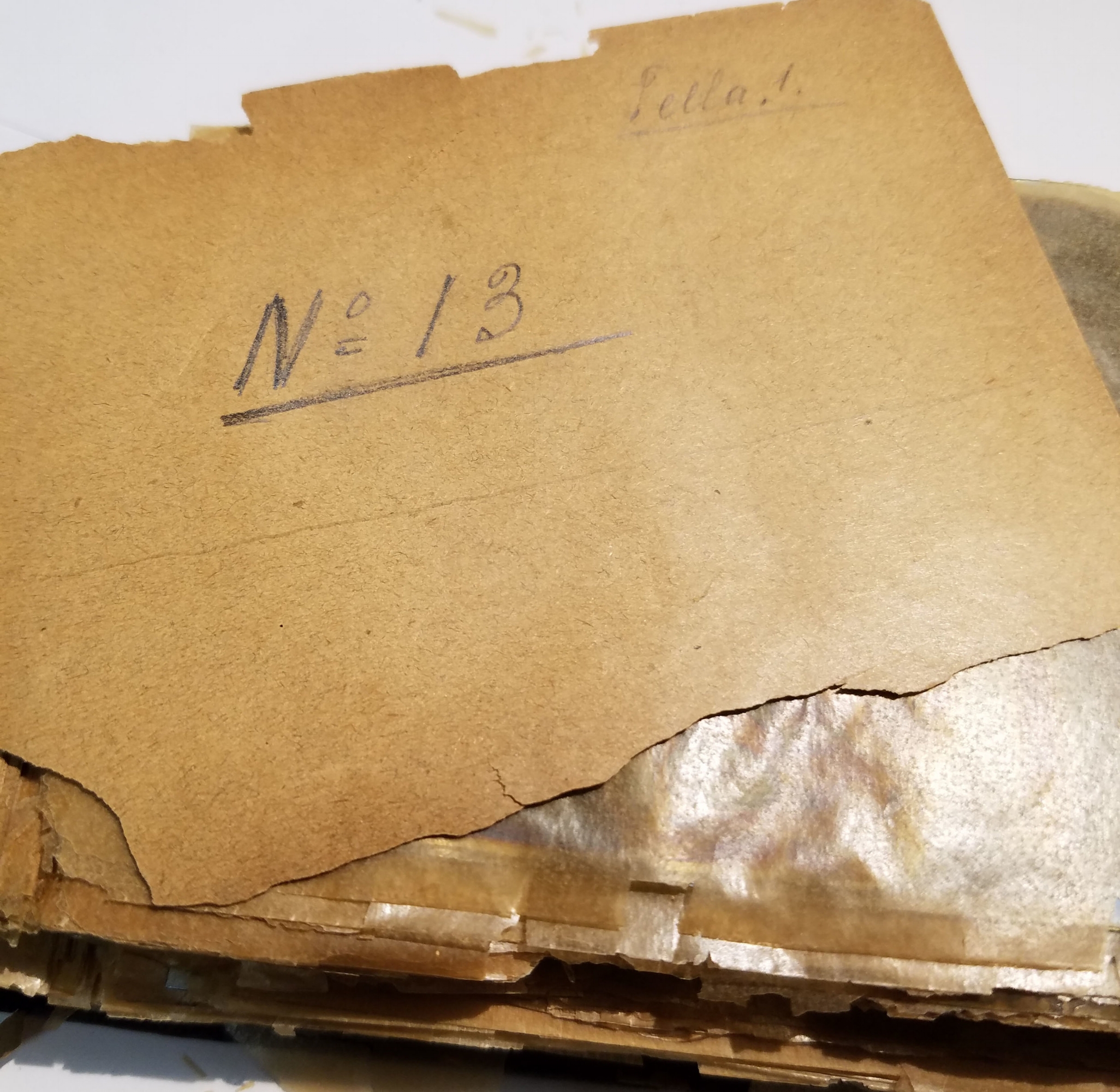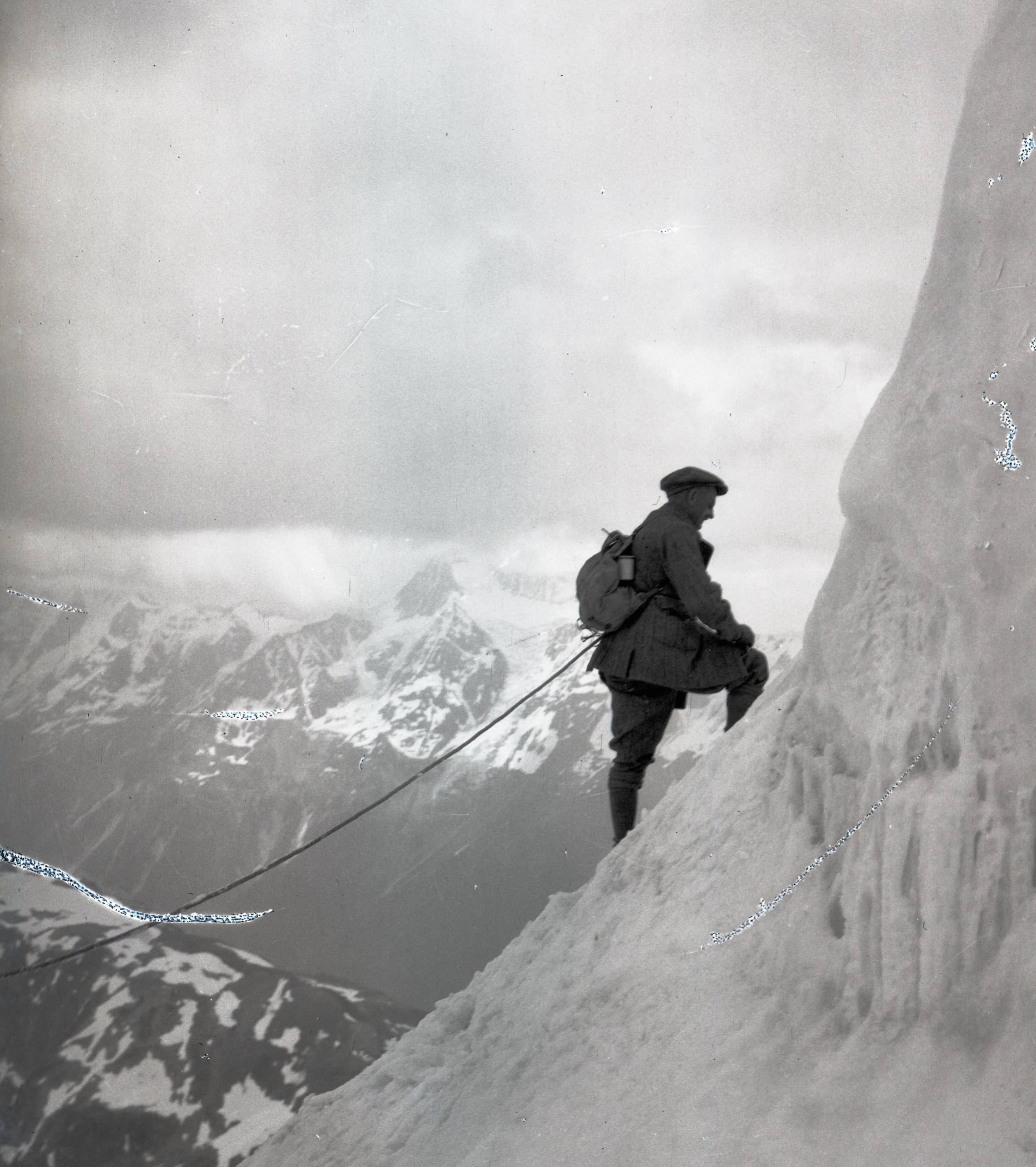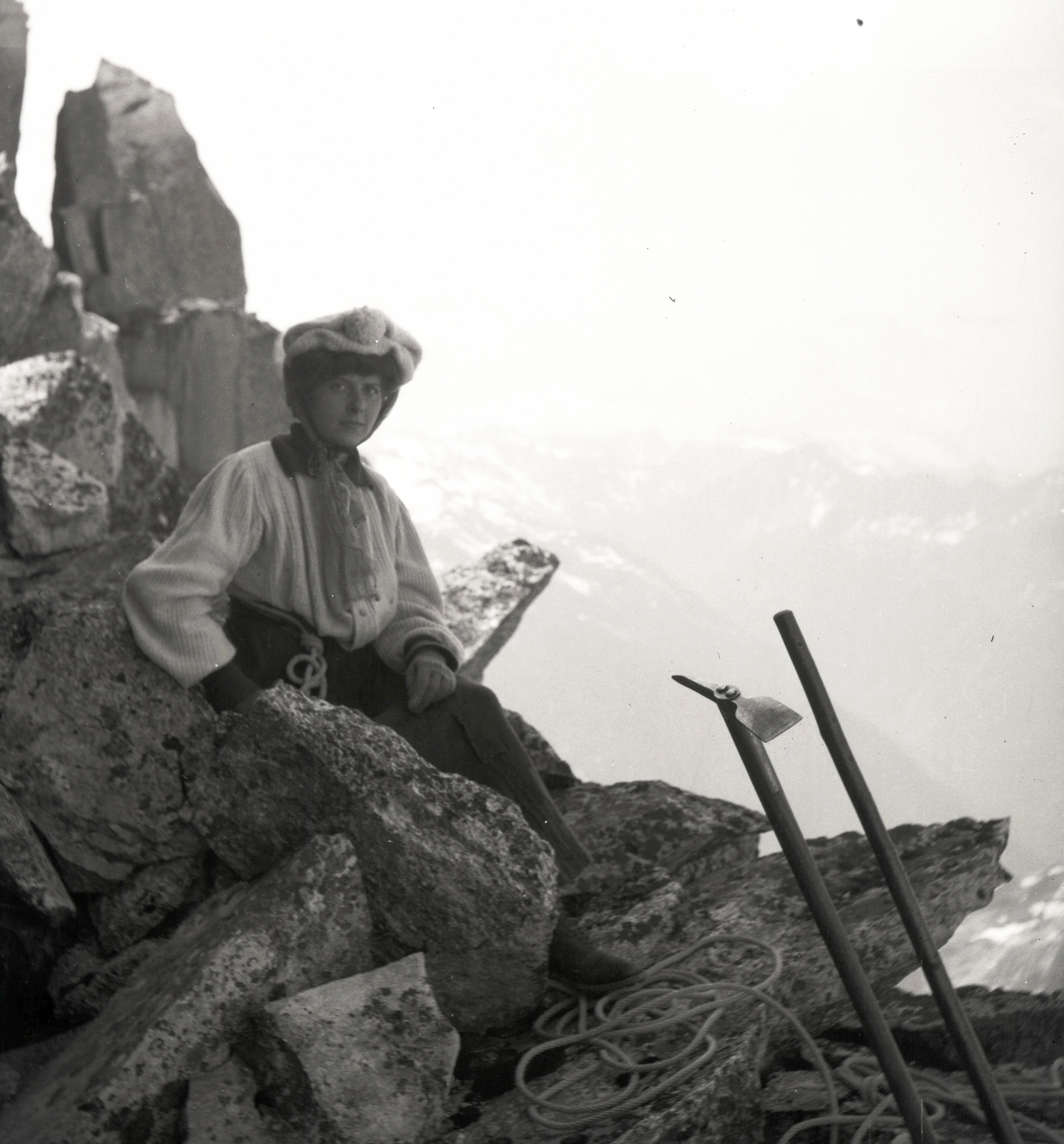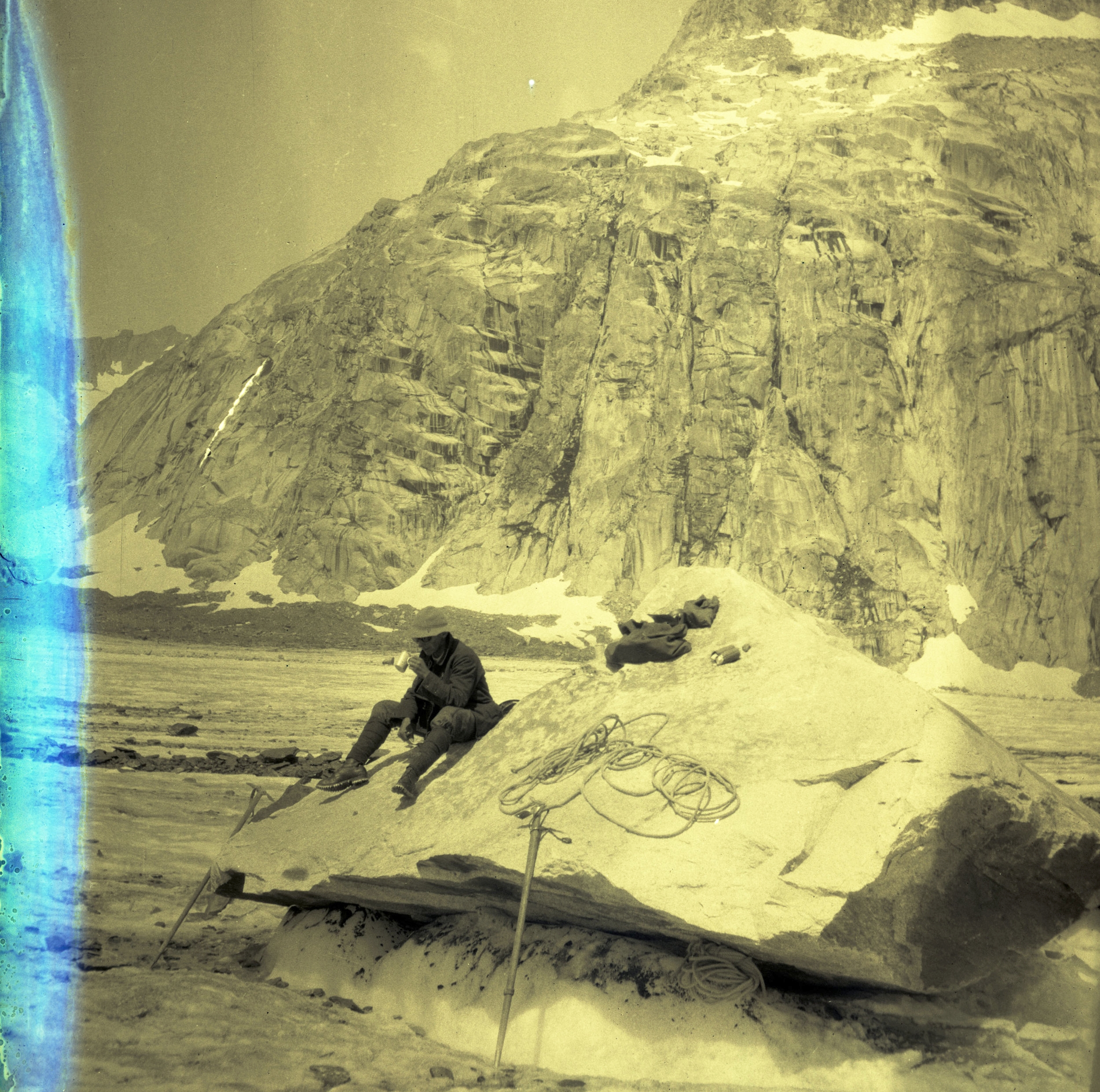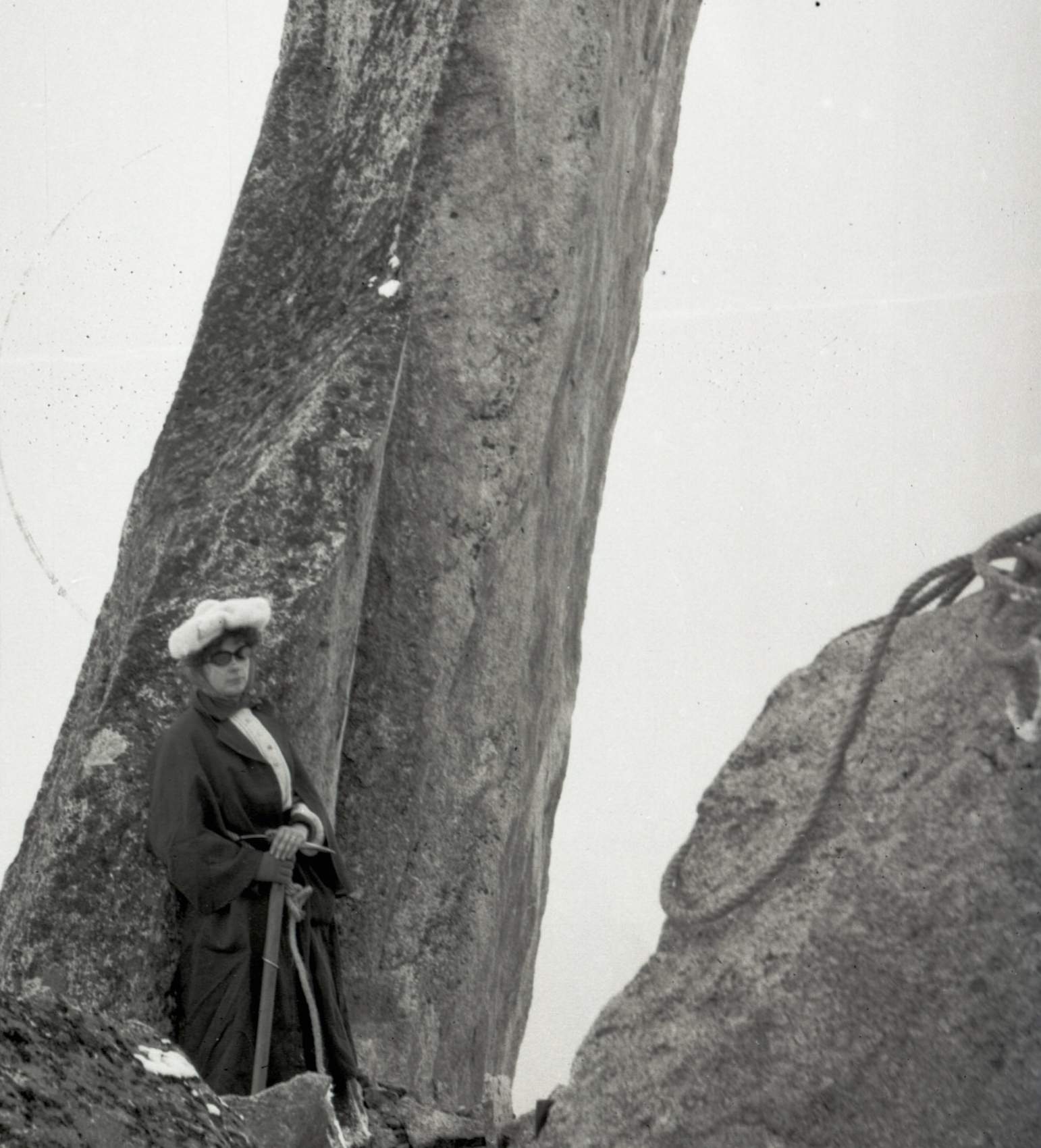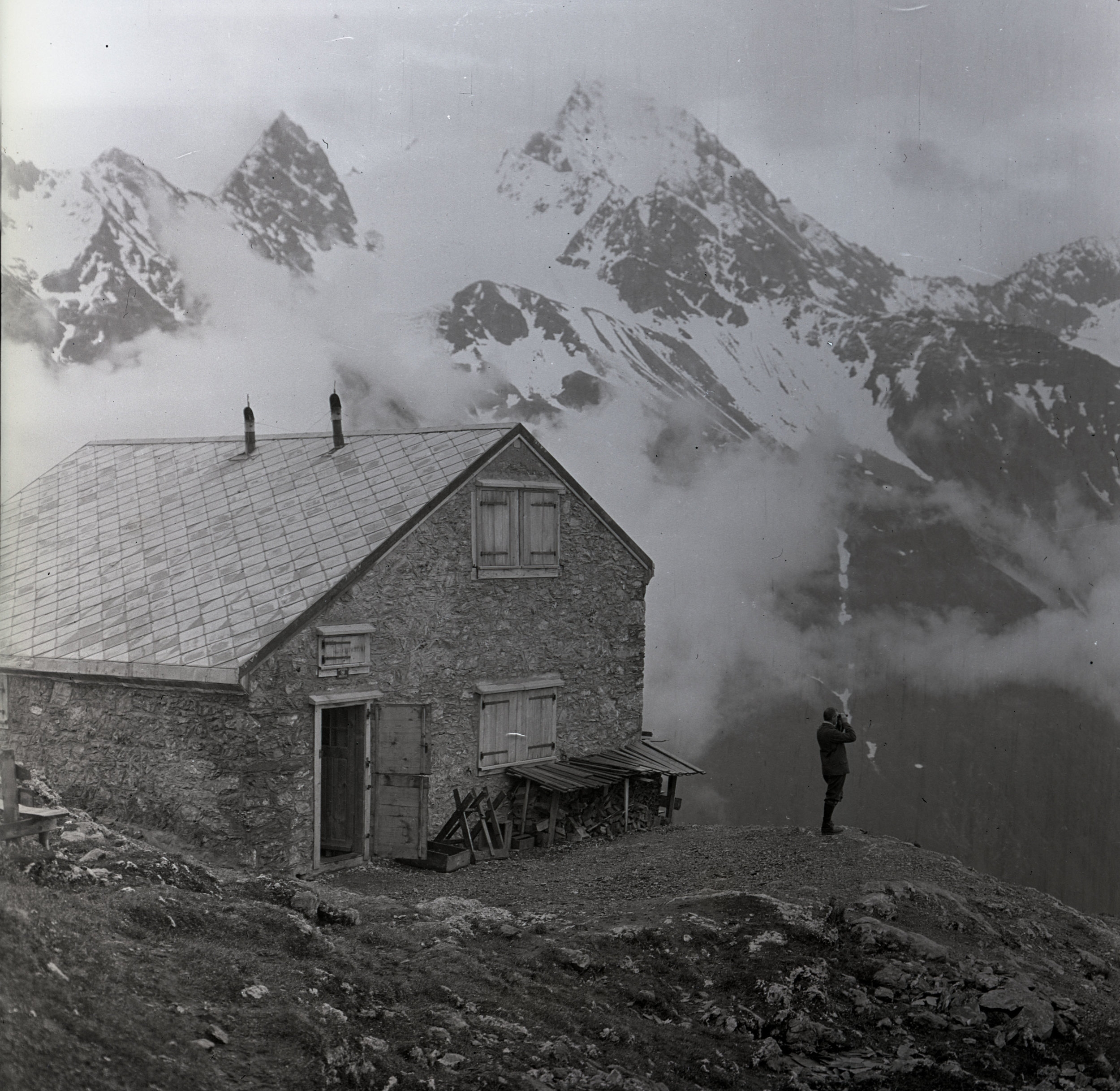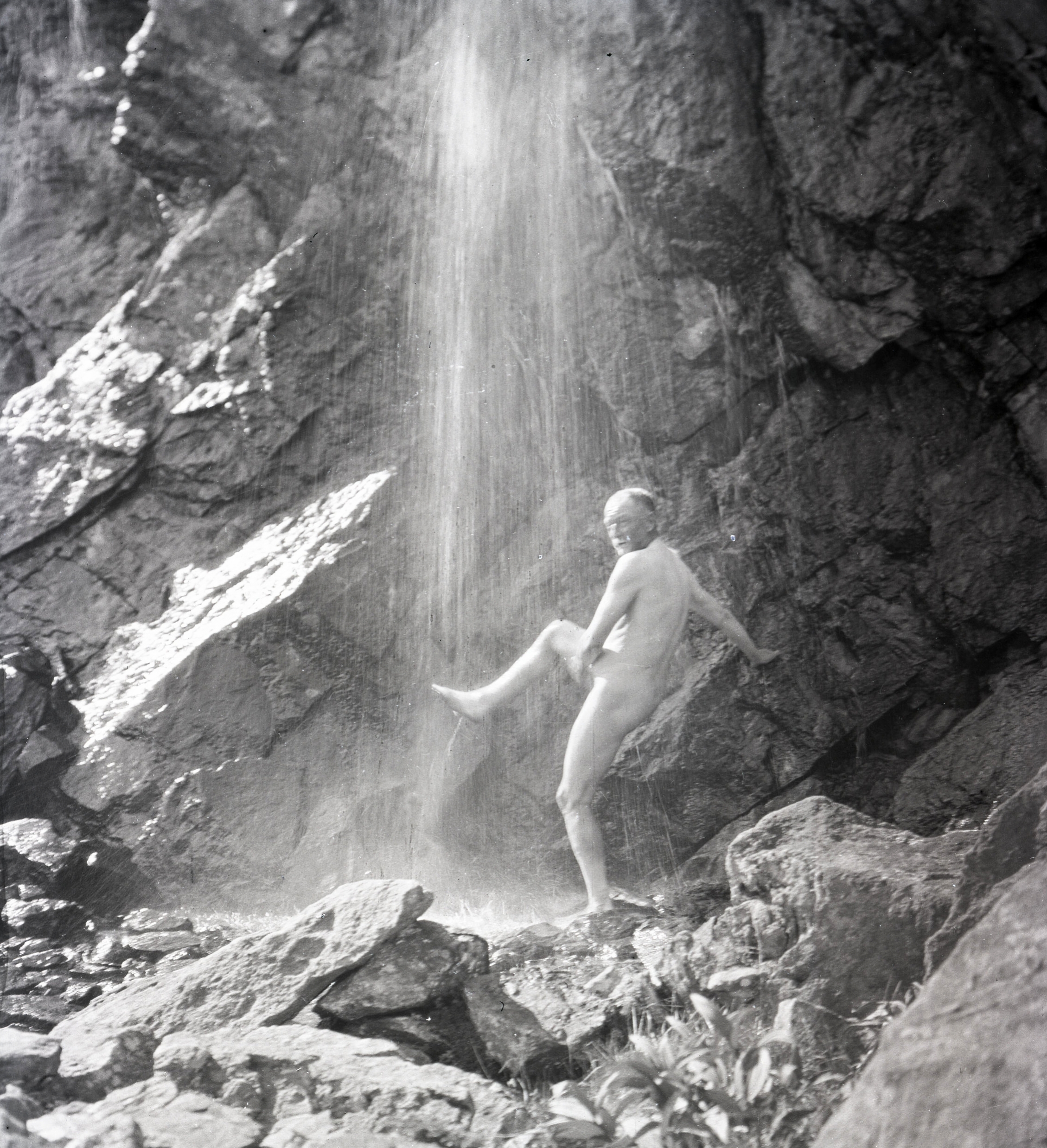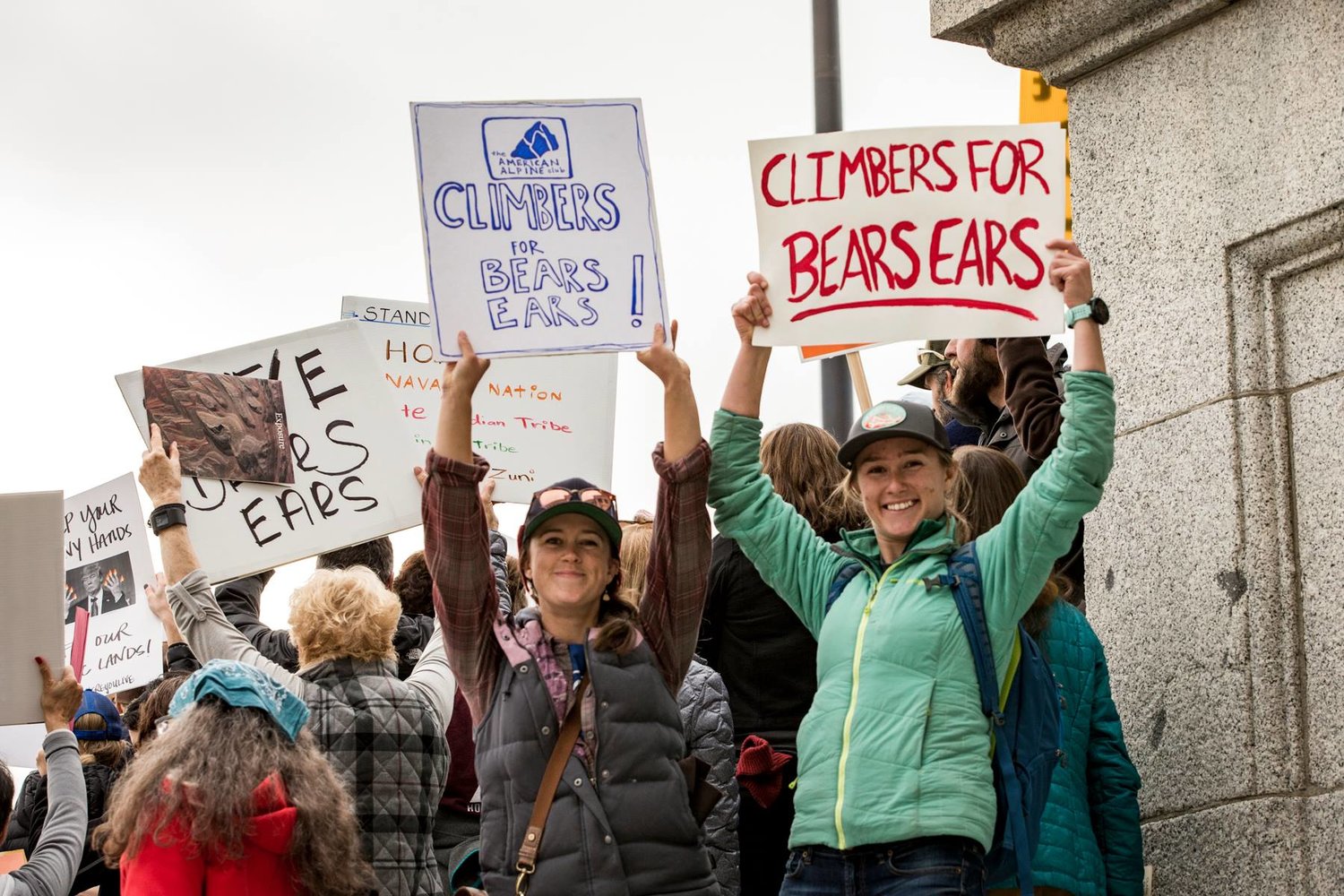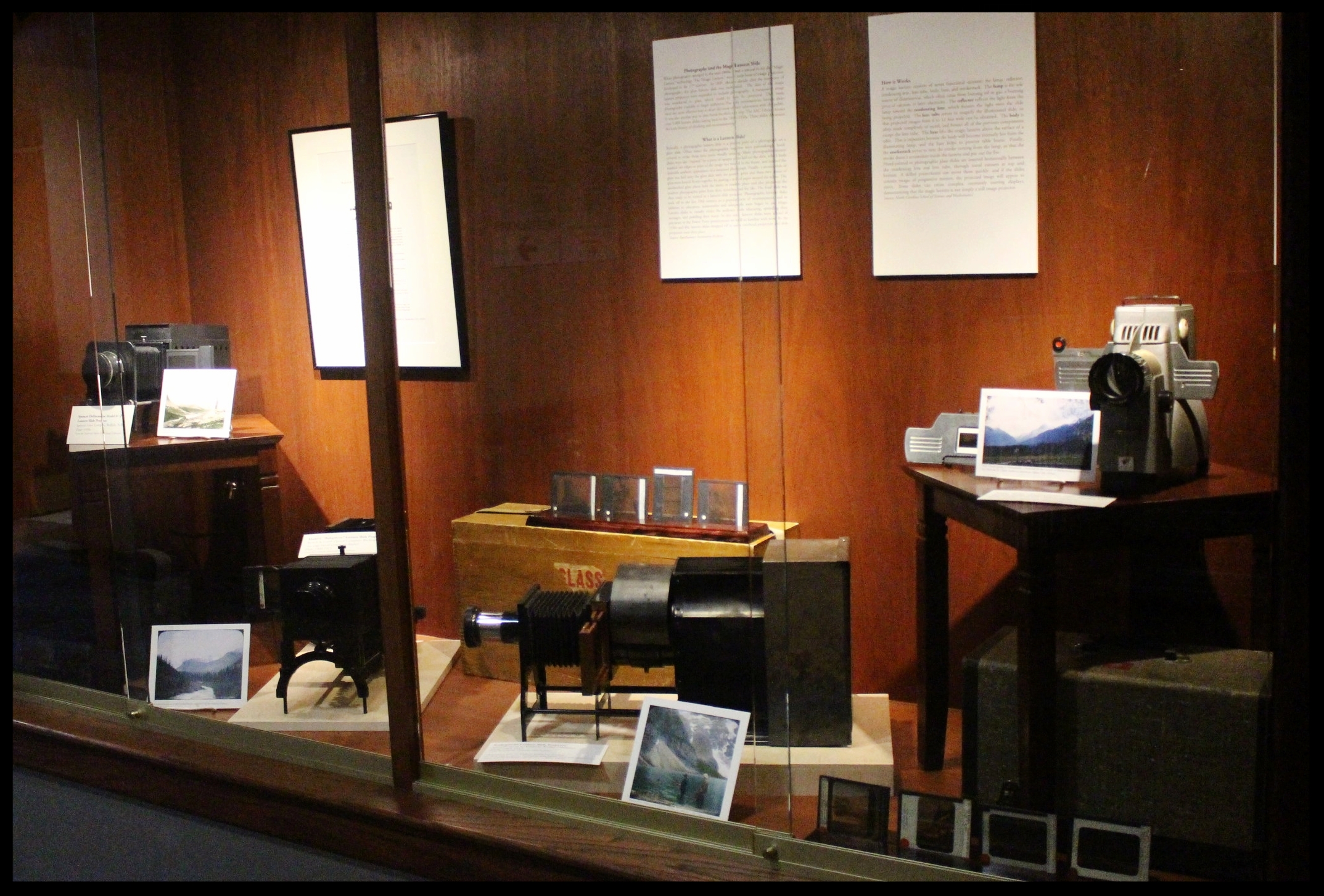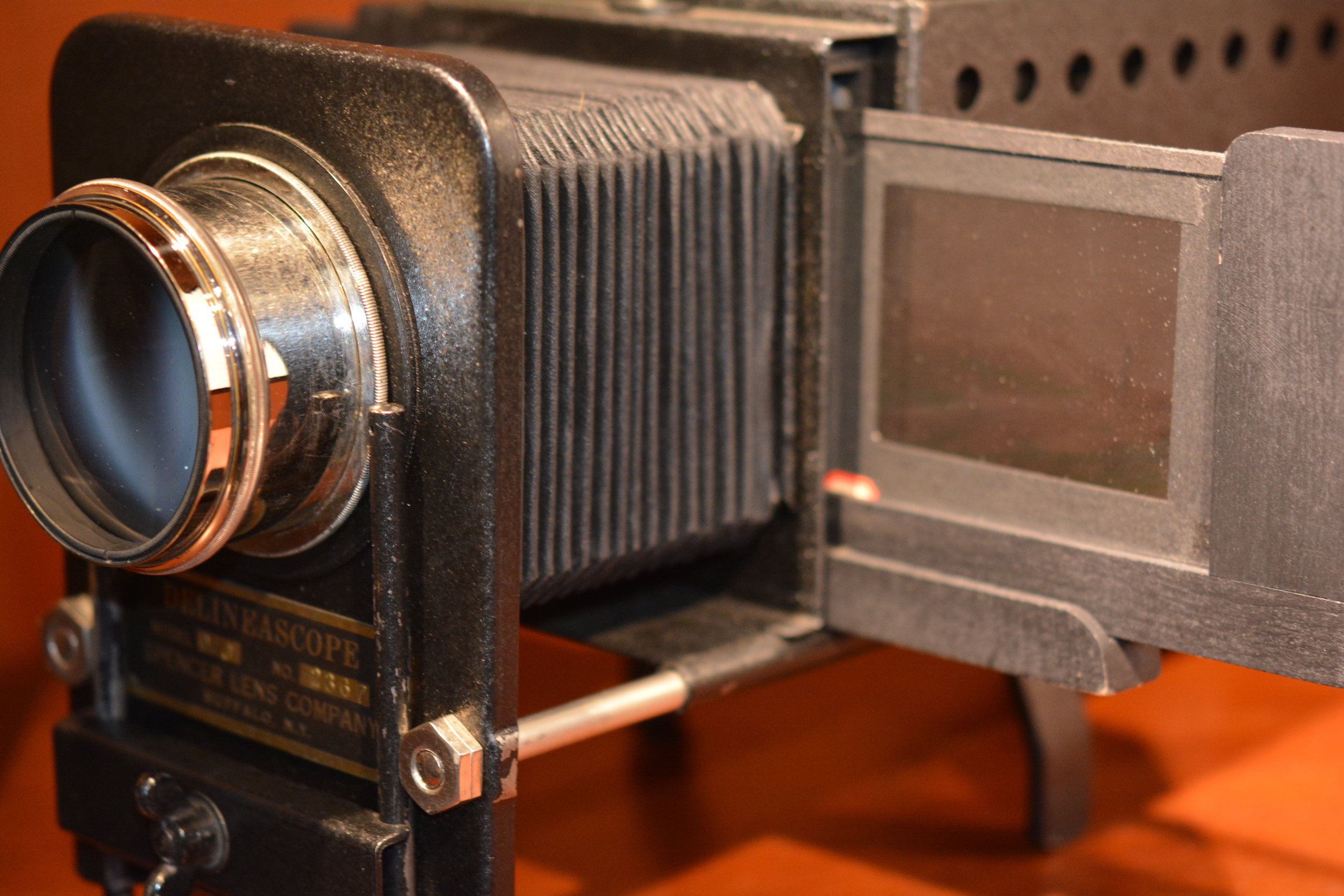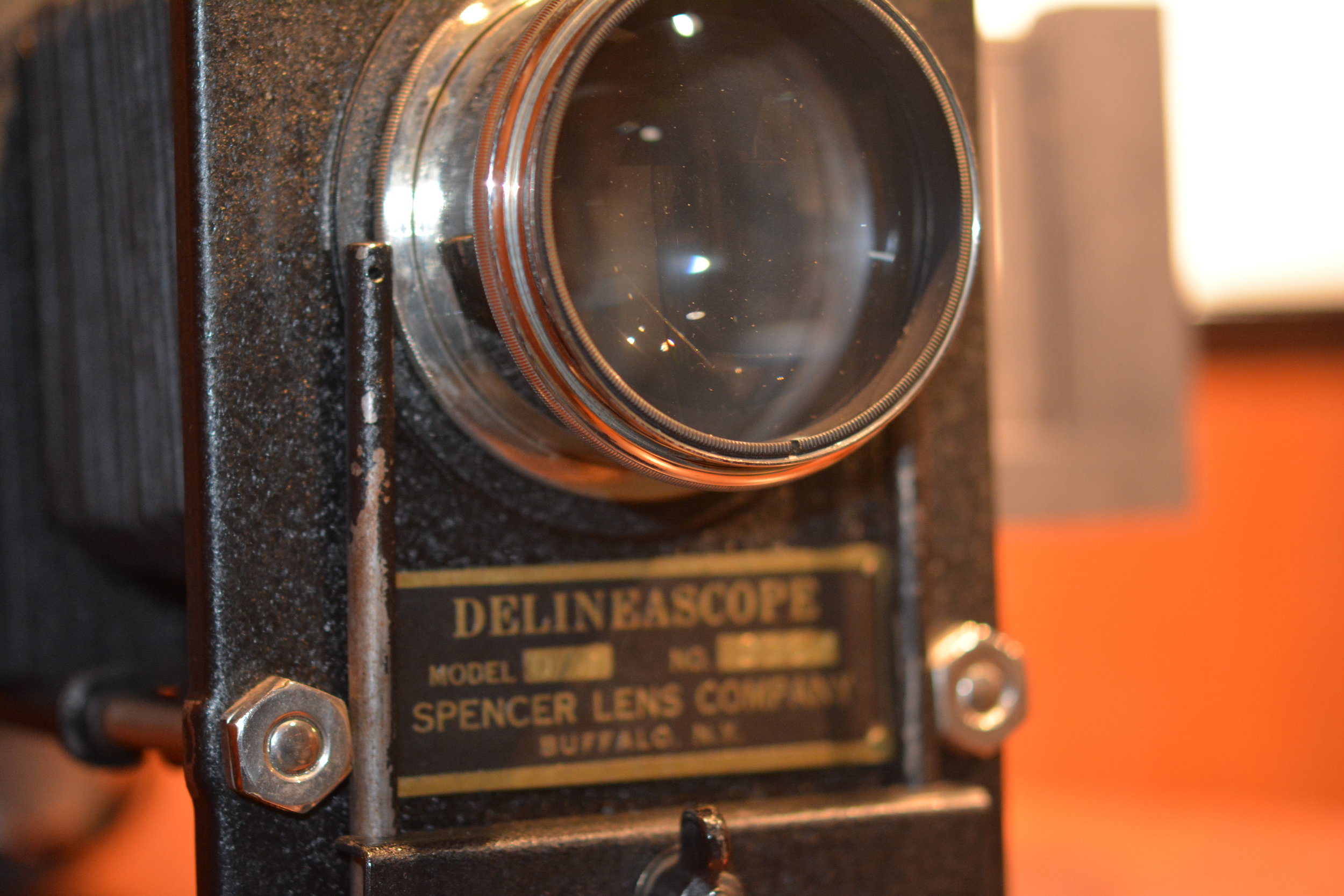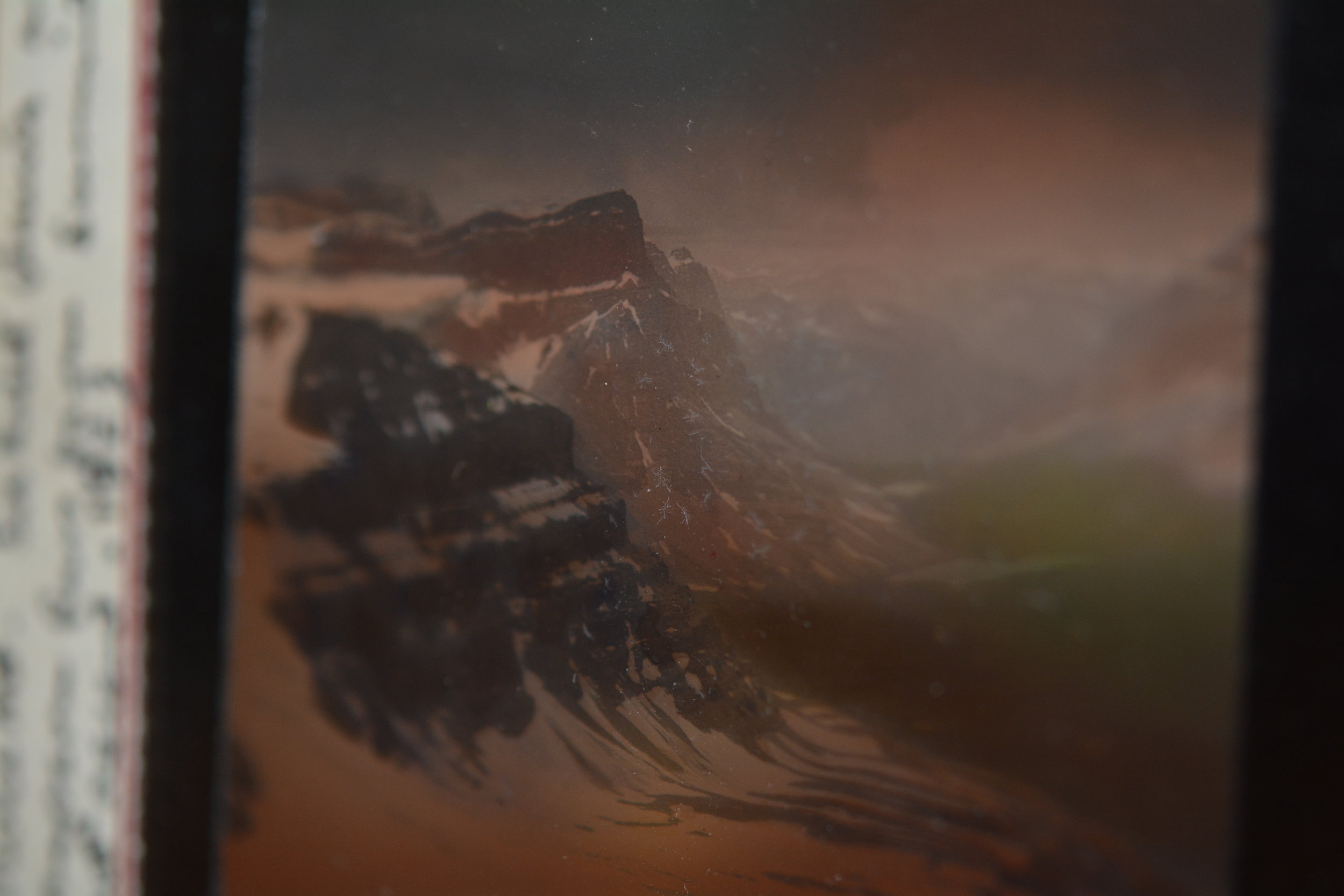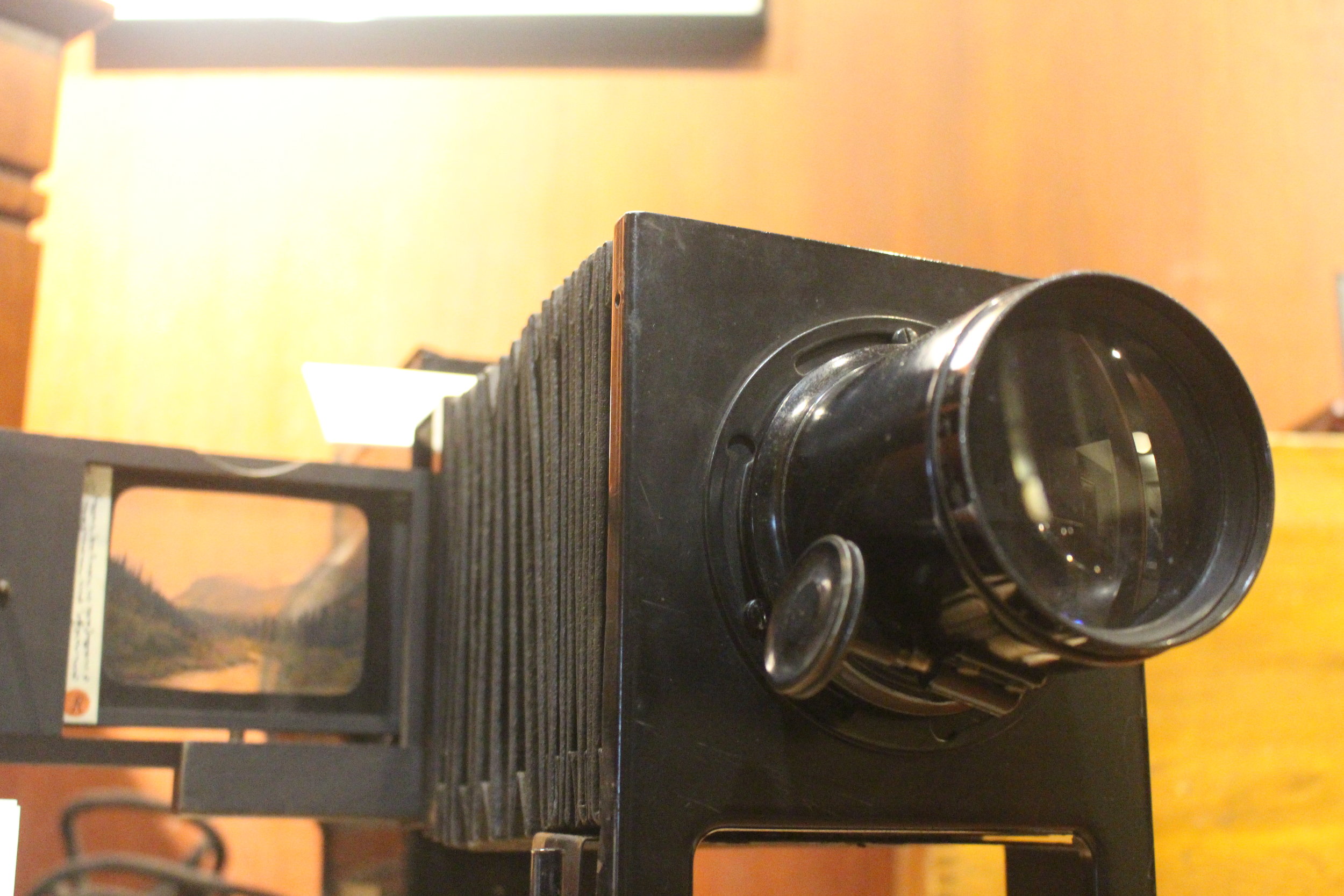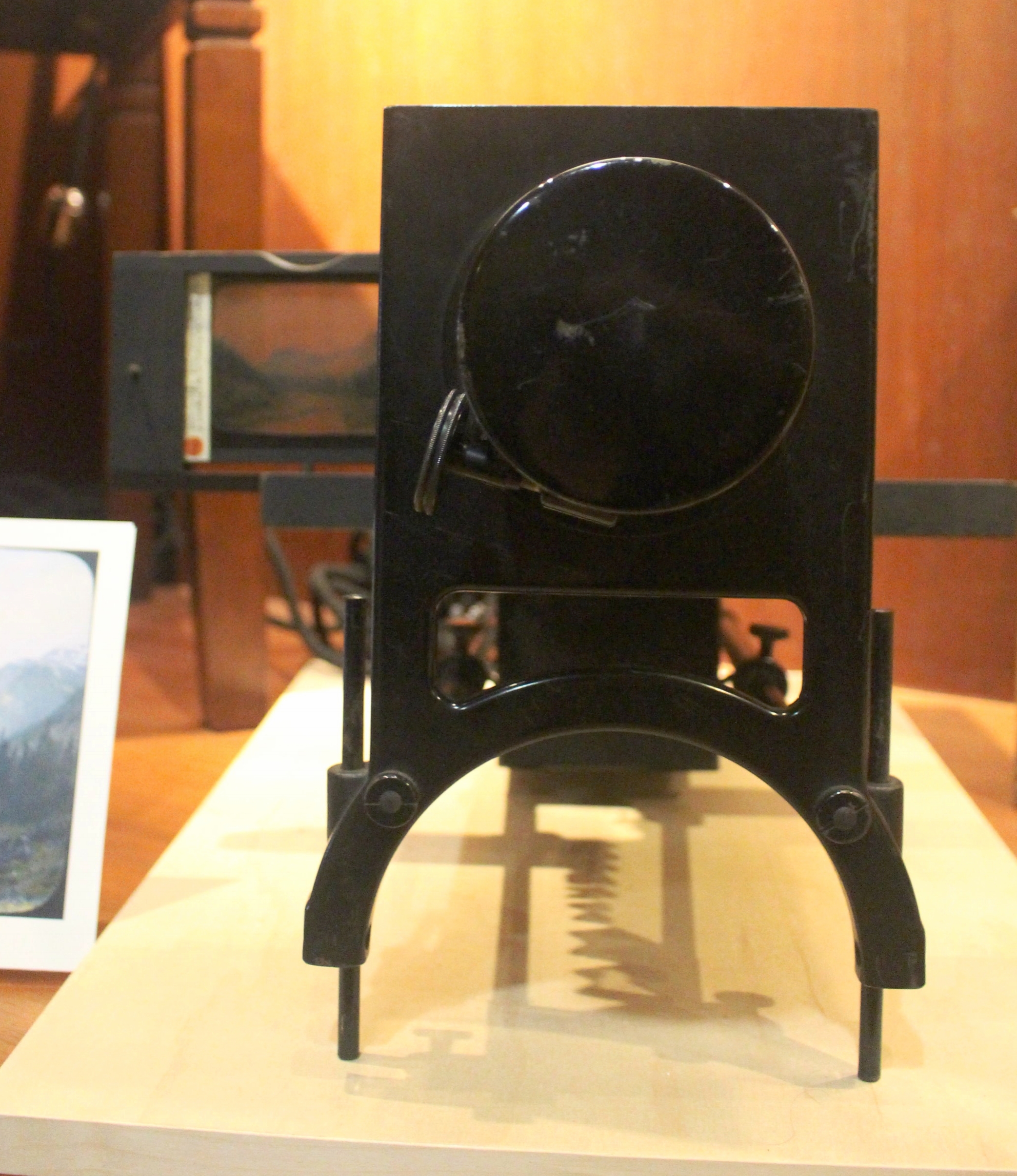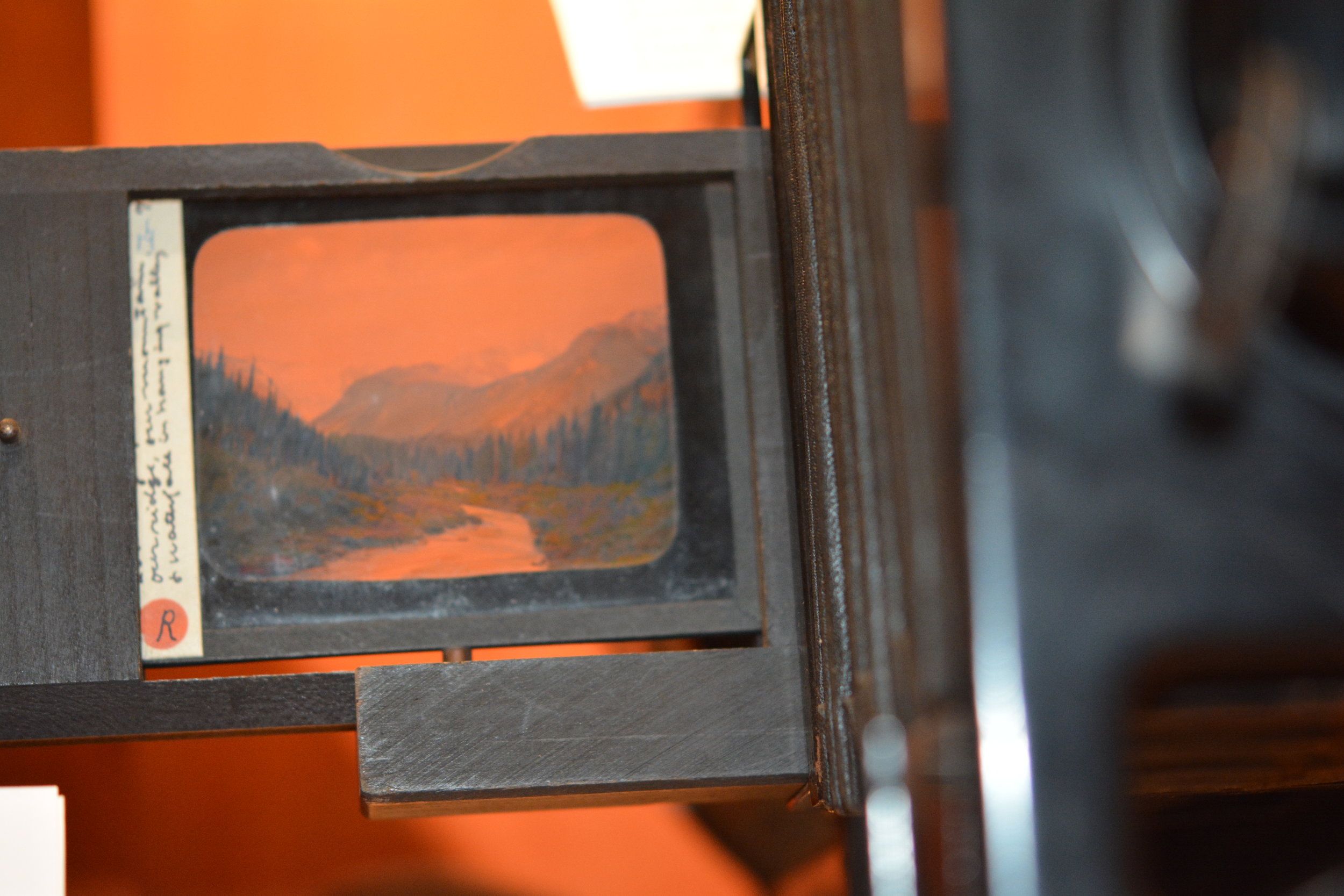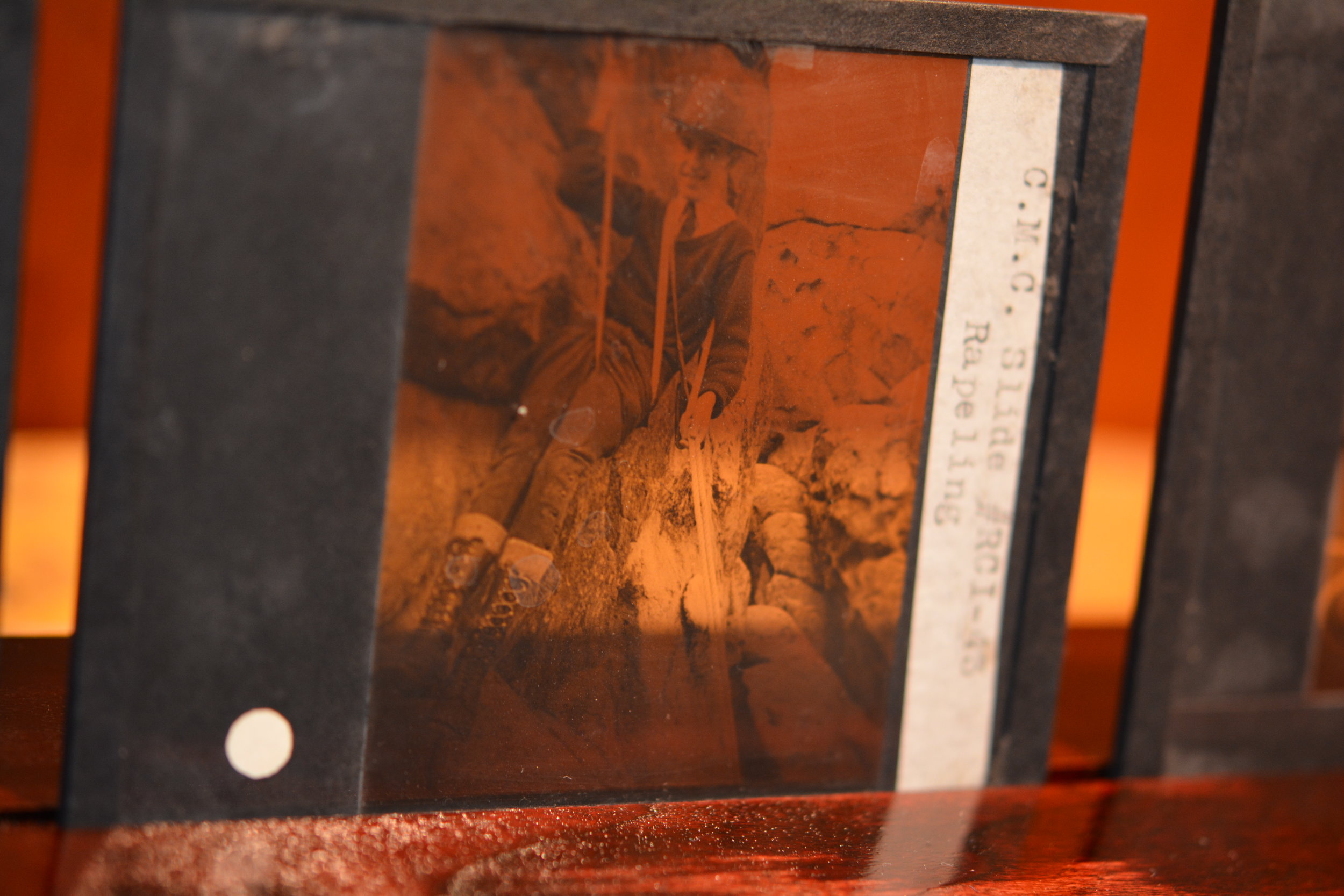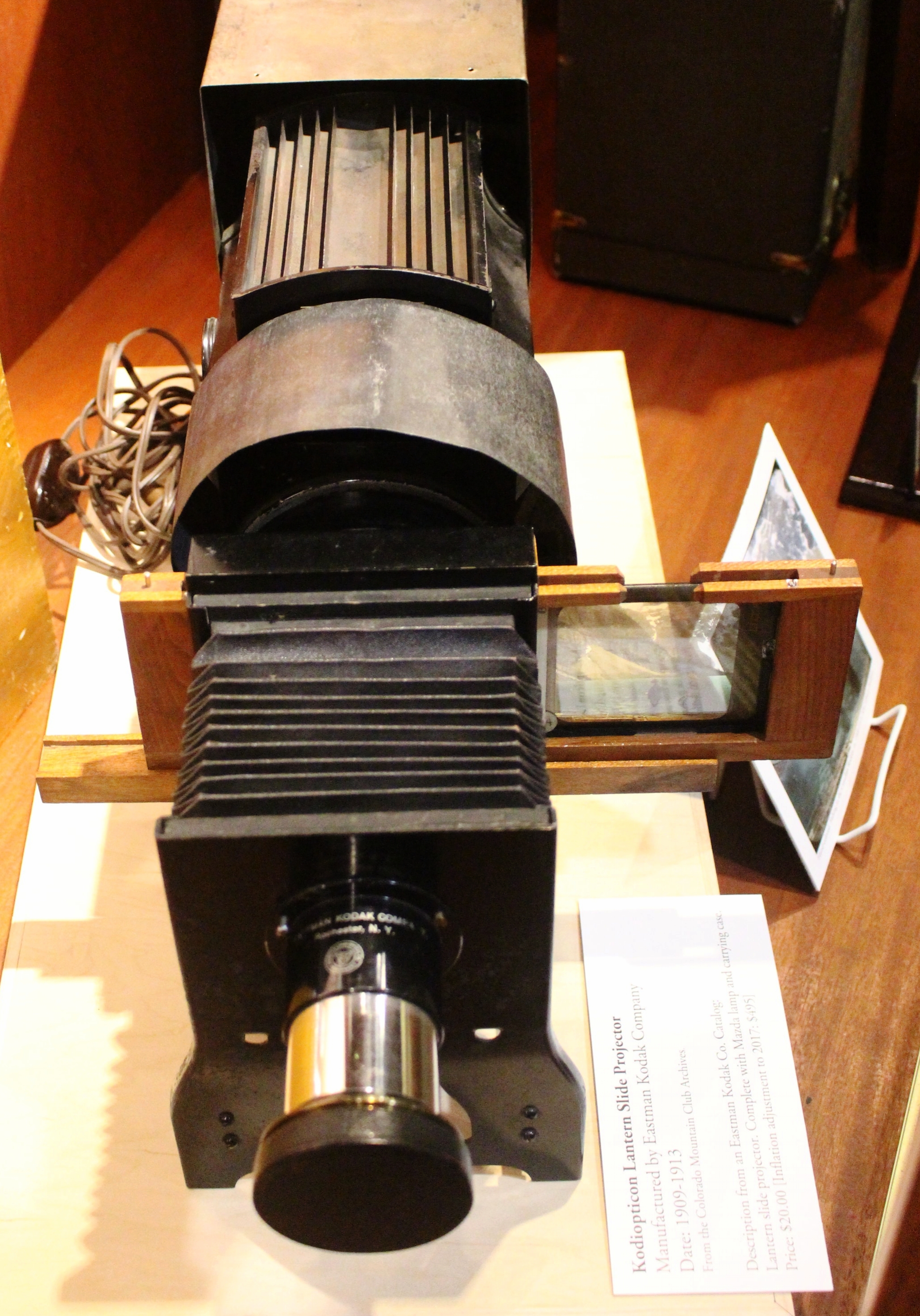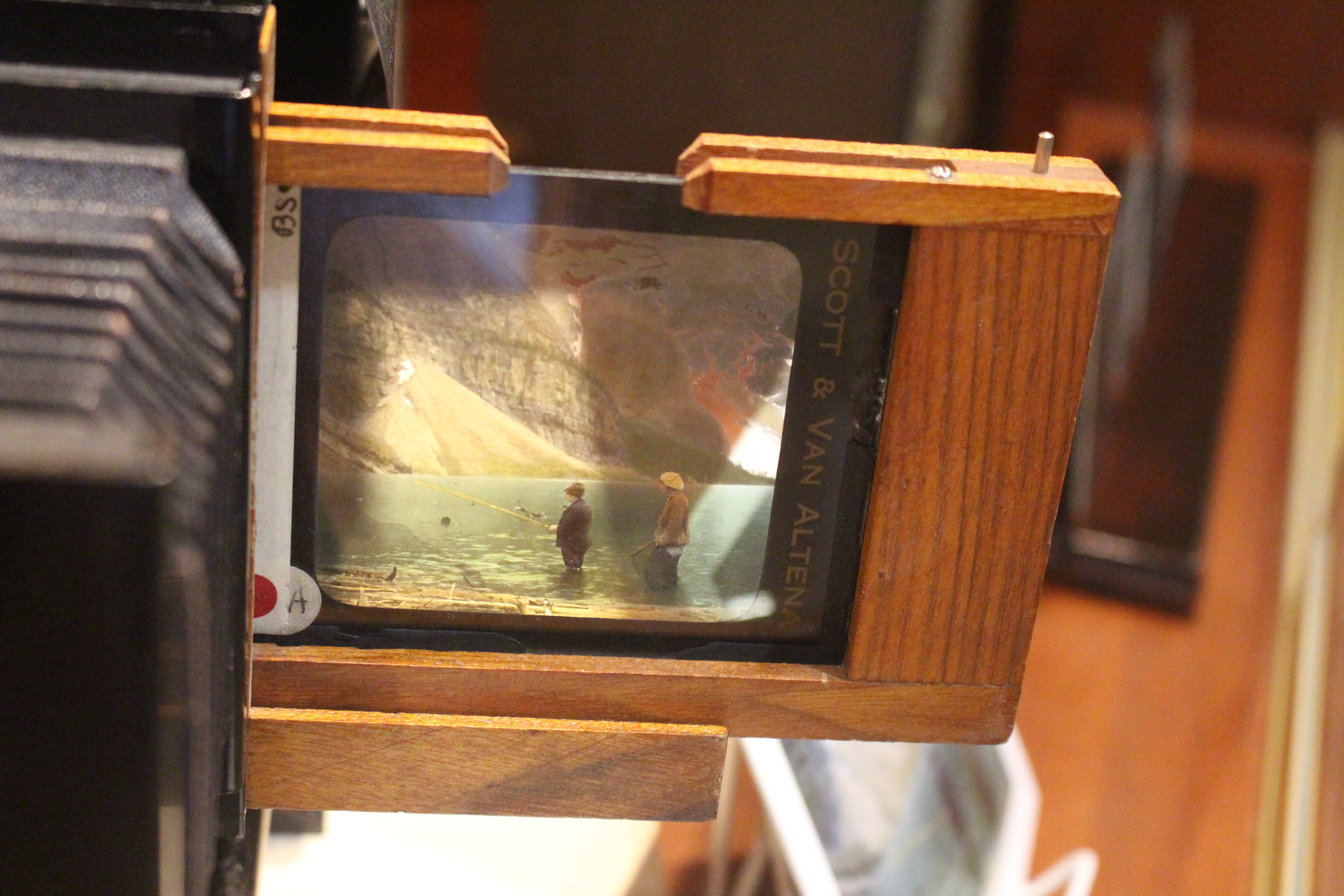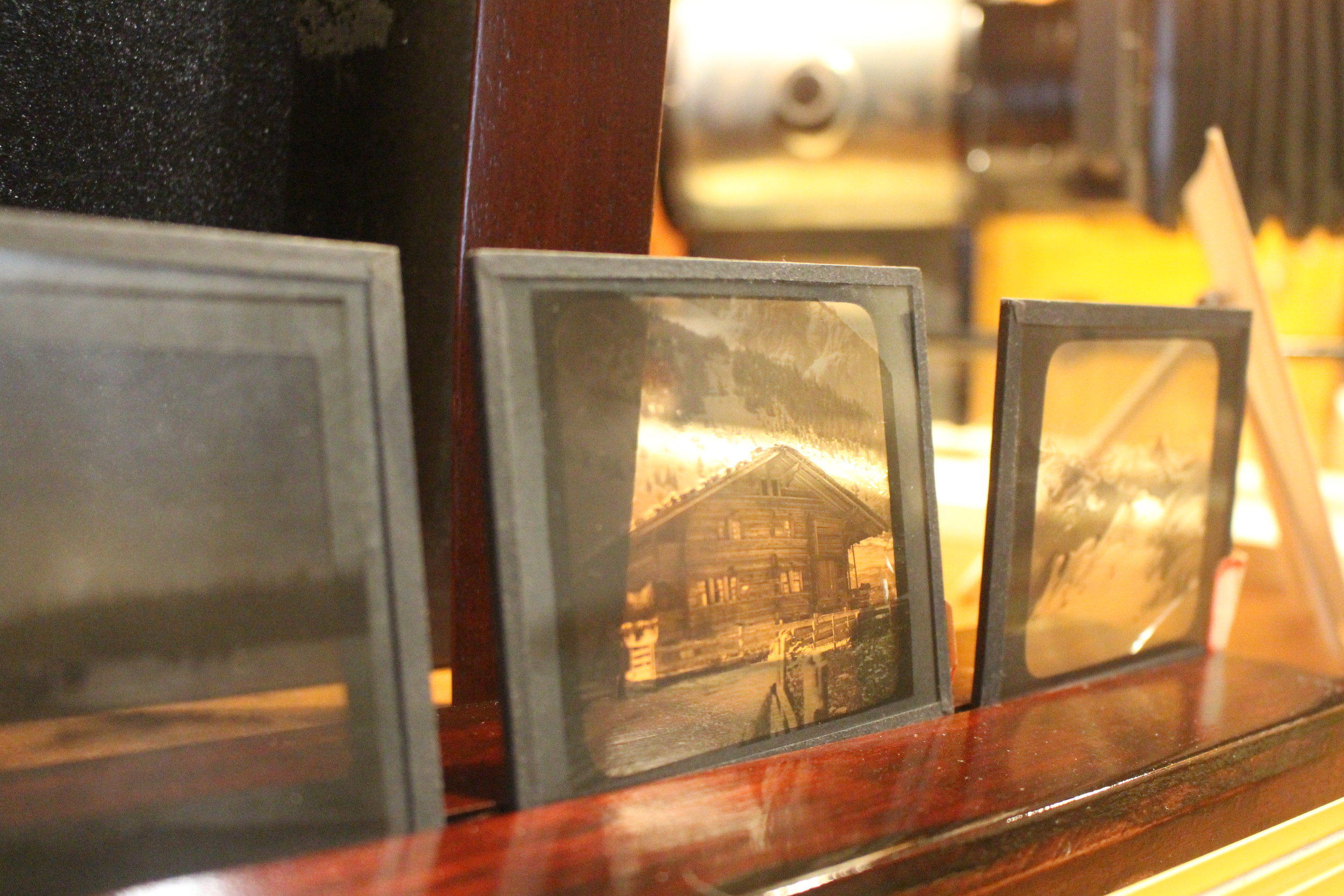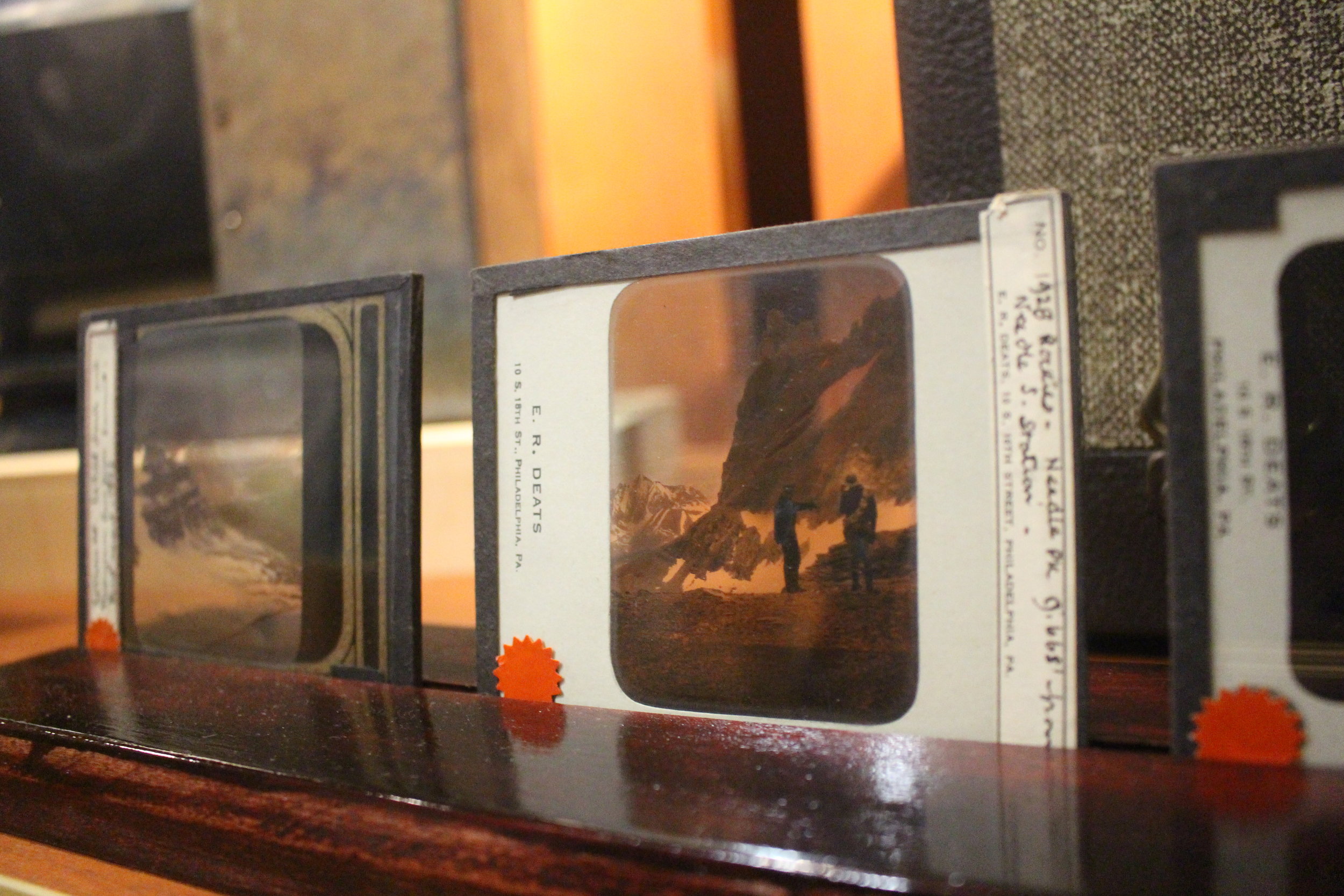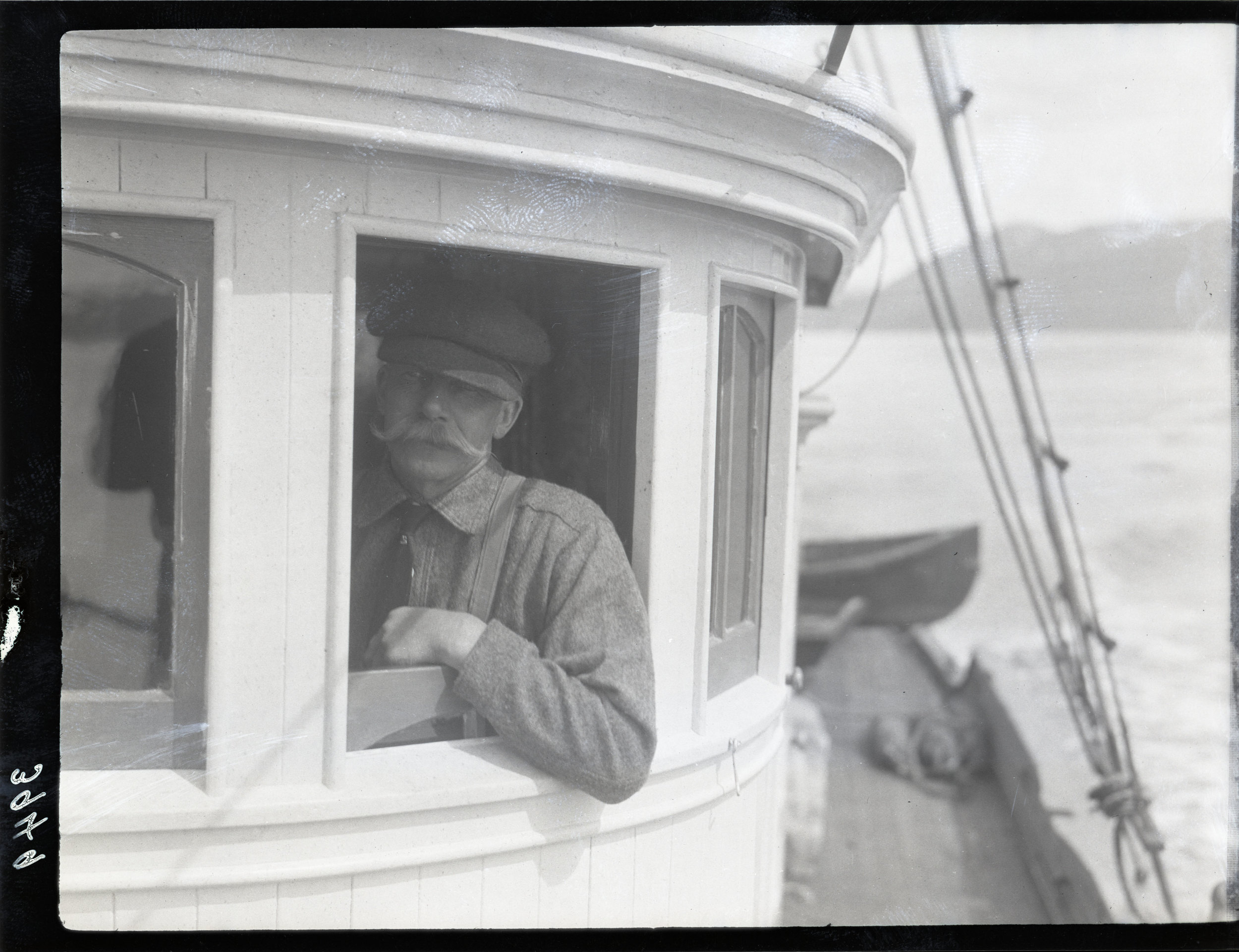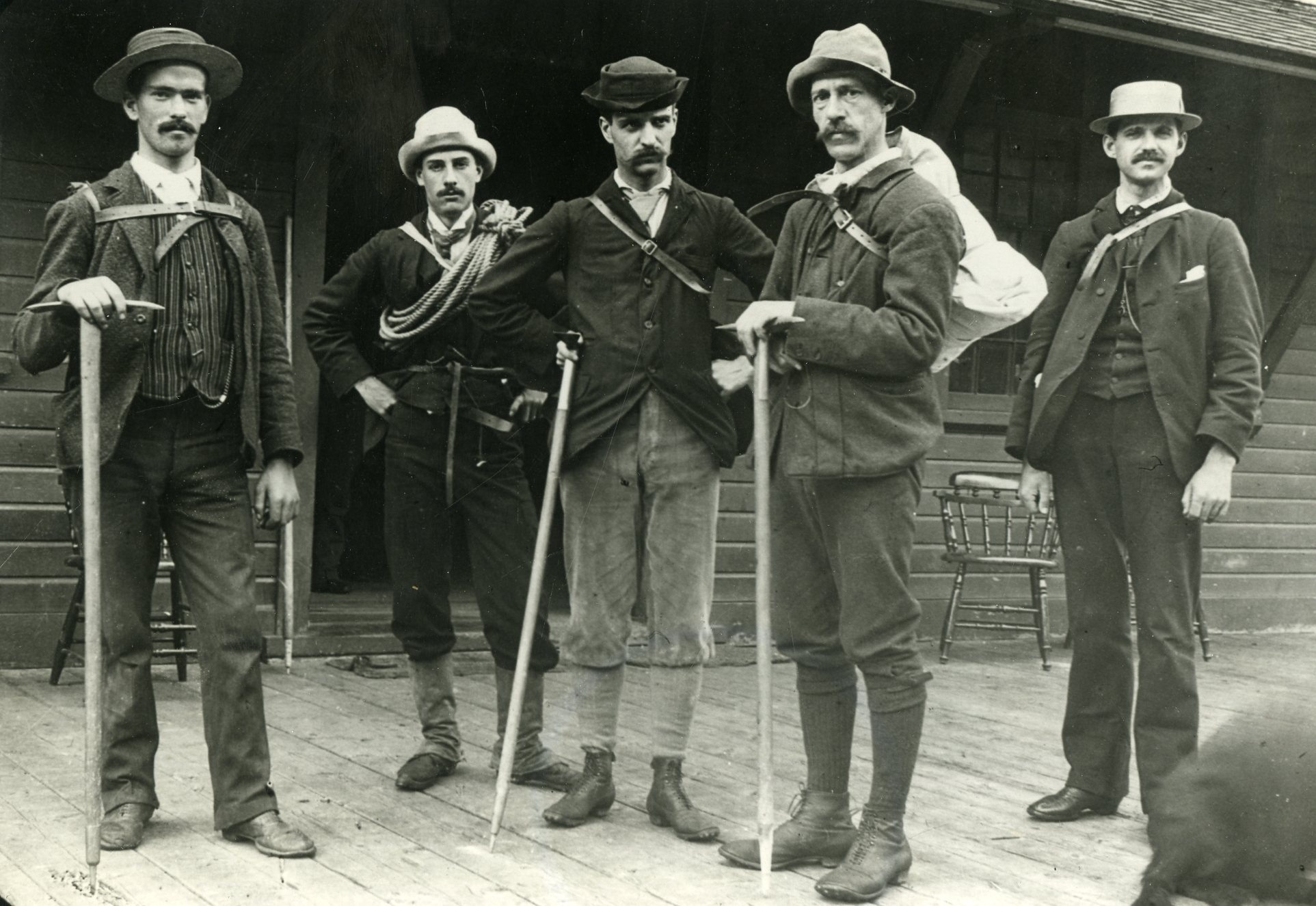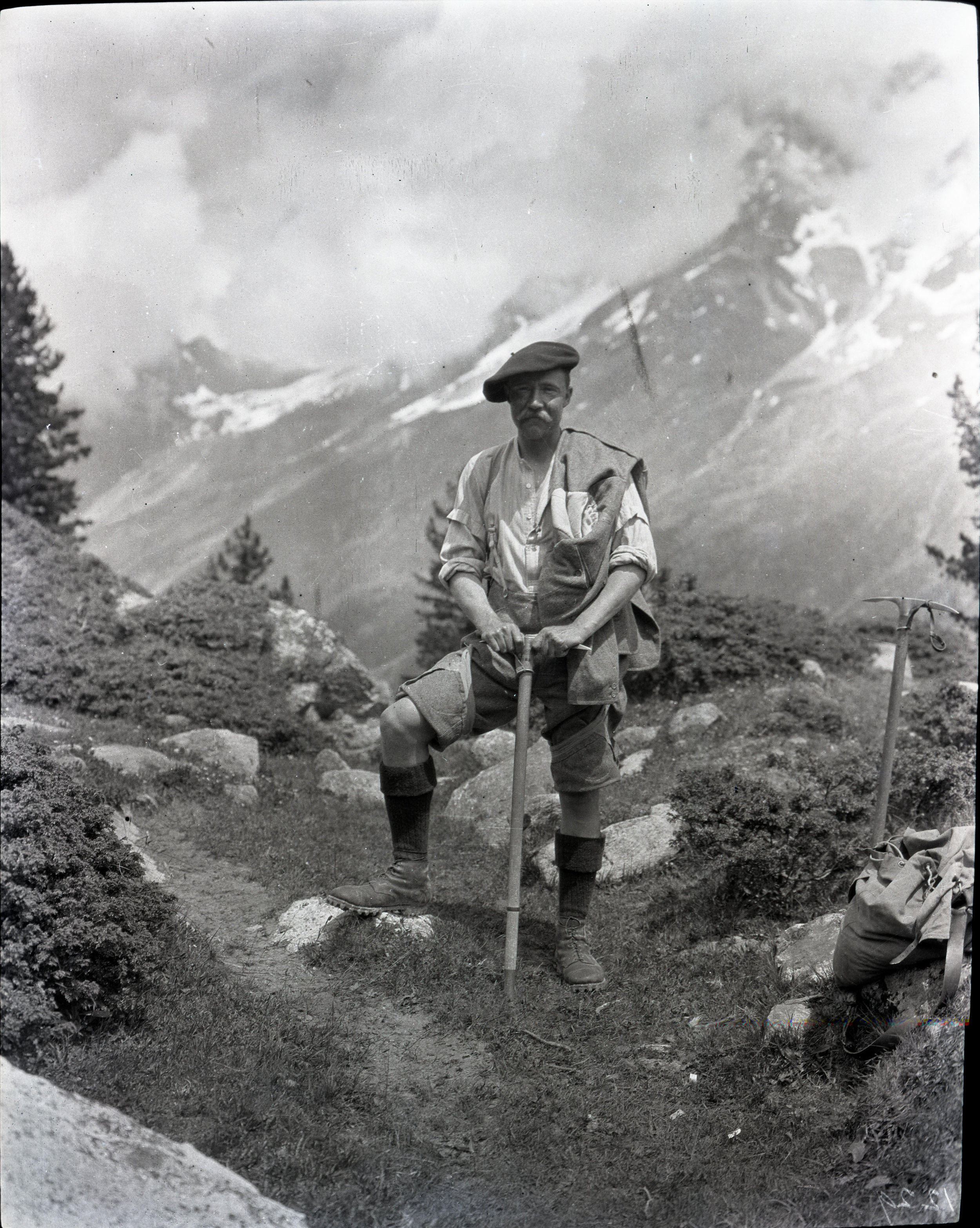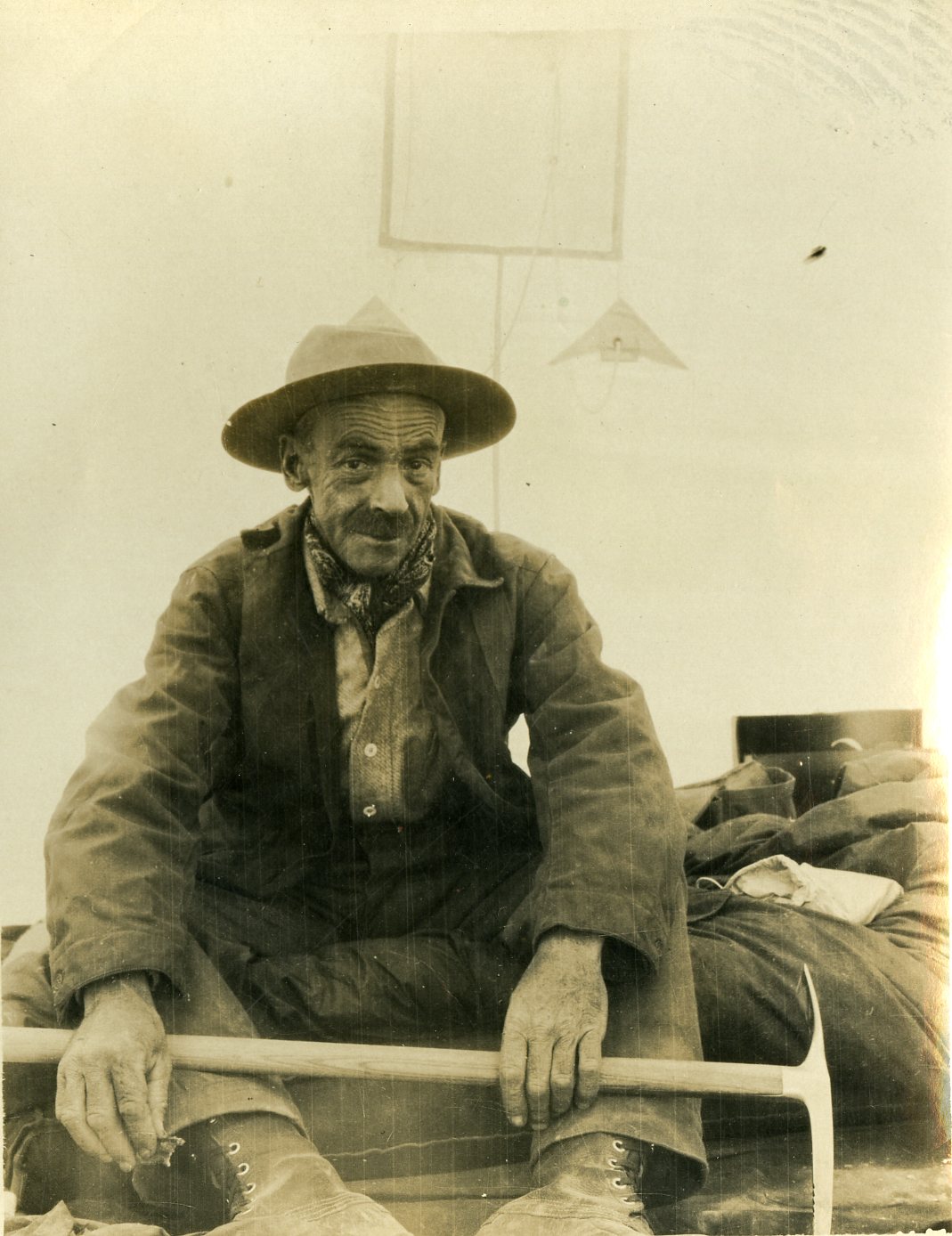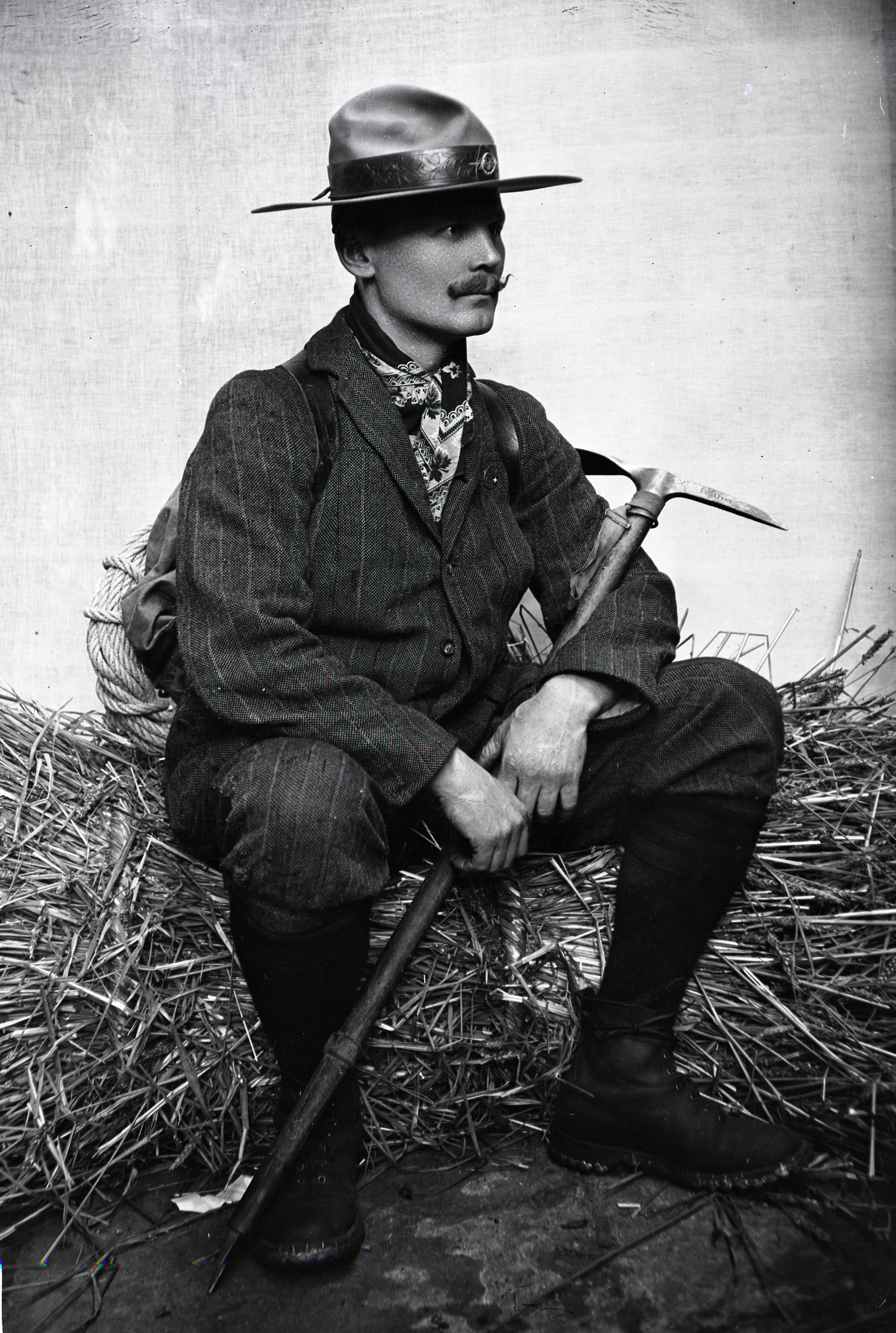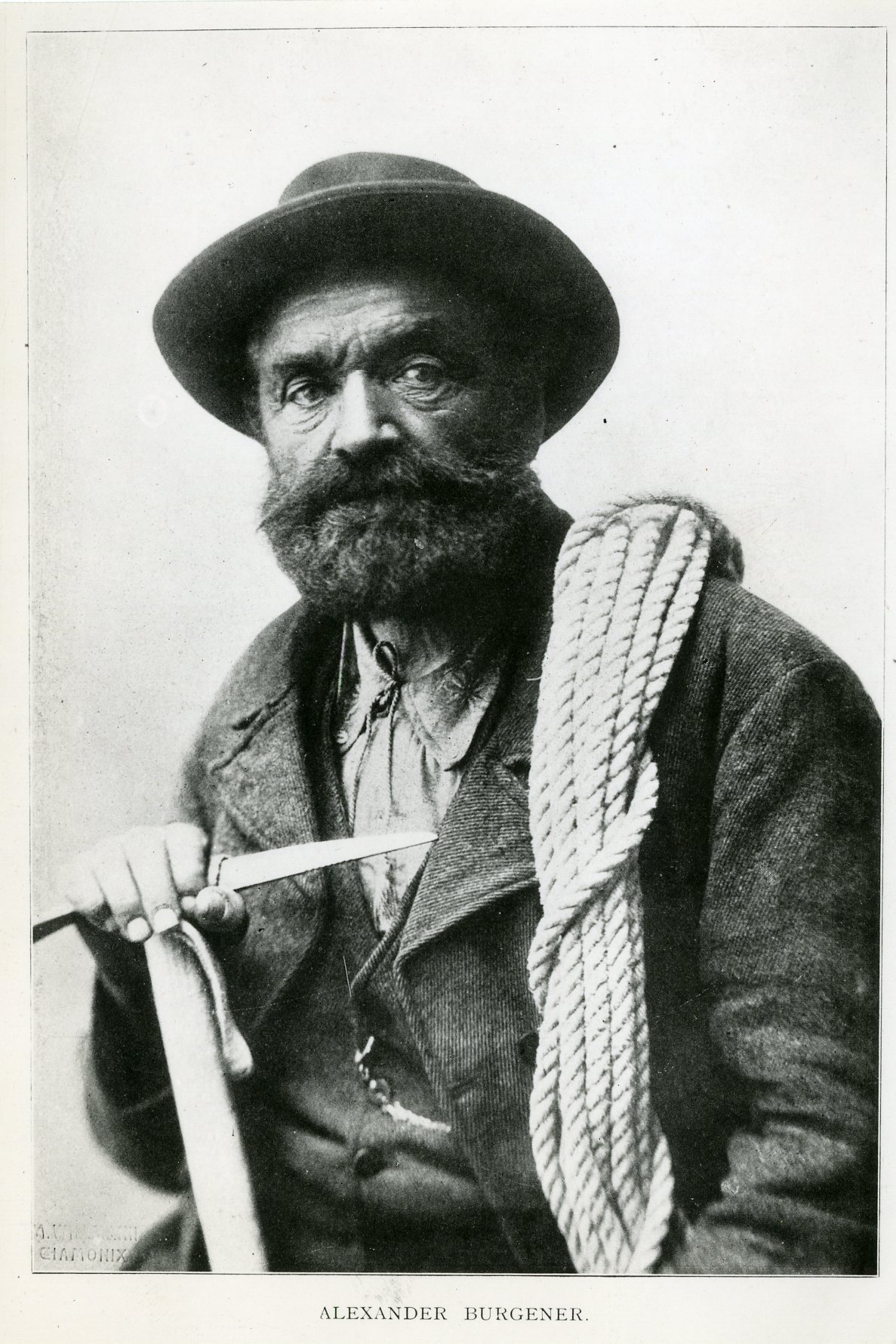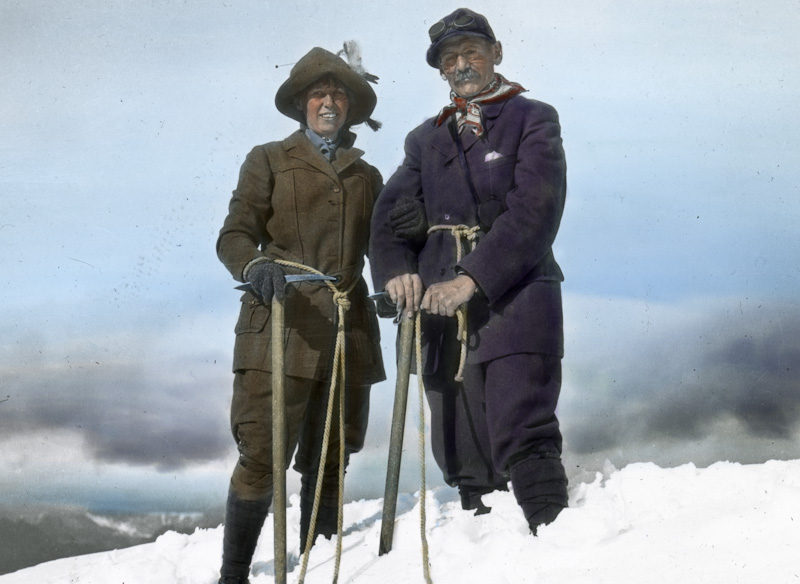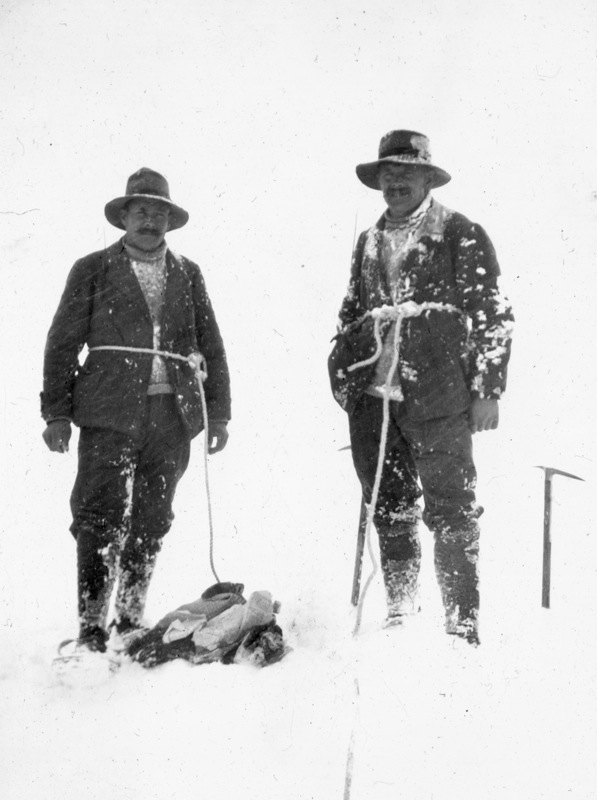Photo: BLM
On December 4th, President Donald Trump announced his intention to reduce the size of Bears Ears National Monument by more than 80% and Grand Staircase-Escalante by half. Prior to Obama’s designation of the Bears Ears Monument, climbers have been advocating for protection of this landscape-- for its cultural significance and for its incredible splitter cracks and breathtaking desert sunsets. Since Trump’s move to reduce the monument, climbers have been active in speaking out against this drastic and possibly illegal action through protests, letters and petitions. Now, several months after Trump’s proclamation, we are seeing the implications.
On February 2nd, 2018, a small provision in the proclamation to reduce Bears Ears went into effect that opened the lands outside the monument boundaries to new mining claims and energy development. This move threatens the roughly 40% of climbing areas and the Bears Ears landscape as a whole. In addition, the Bureau of Land Management is beginning its management planning process for the new, smaller monuments. This is all despite the ongoing lawsuits and legislative debates over the reductions of Bears Ears and Grand Staircase-Escalante national monuments, which we hope will restore the original national monument boundaries.
The Bureau of Land Management (BLM) is moving forward prematurely with these monument management plans, and the American Alpine Club, along with its partners, has asked the agency to wait until the dust settles from the legal and legislative battles before planning and permitting the staking of mining claims. If the lawsuits succeed and the reductions are overturned, the BLM will have wasted time and resources on a costly management planning process.
Multiple bills regarding these national monuments have also been introduced in the House of Representatives, and are currently being debated in the House Committee on Natural Resources. The outcome of these lawsuits and legislation will likely alter the final boundaries of and management directives for Bears Ears and Grand Staircase-Escalante.
Join us in asking the BLM to wait until the legal and legislative debates are over before beginning any monument management planning and permitting new mining claims and energy development in the Bears Ears and Grand Staircase-Escalante areas. Visit the BLM comment page to share your thoughts about the future of these landscapes. For example:
I am a rock climber and a member of the American Alpine Club. The Bears Ears and Grand Staircase-Escalante regions hold great value to our community. I am concerned by the possibility of new mining and energy development in these special places. As climbers, we ask that the Bureau of Land Management keep these areas closed to new claims, and wait to begin the management planning process until the lawsuits and legislative debates over these monuments are resolved. These areas deserve protection and a management plan that prioritizes sustainable recreation. Thank you for your consideration.
Stay tuned for more updates on Bears Ears and Grand Staircase-Escalante National Monuments.



